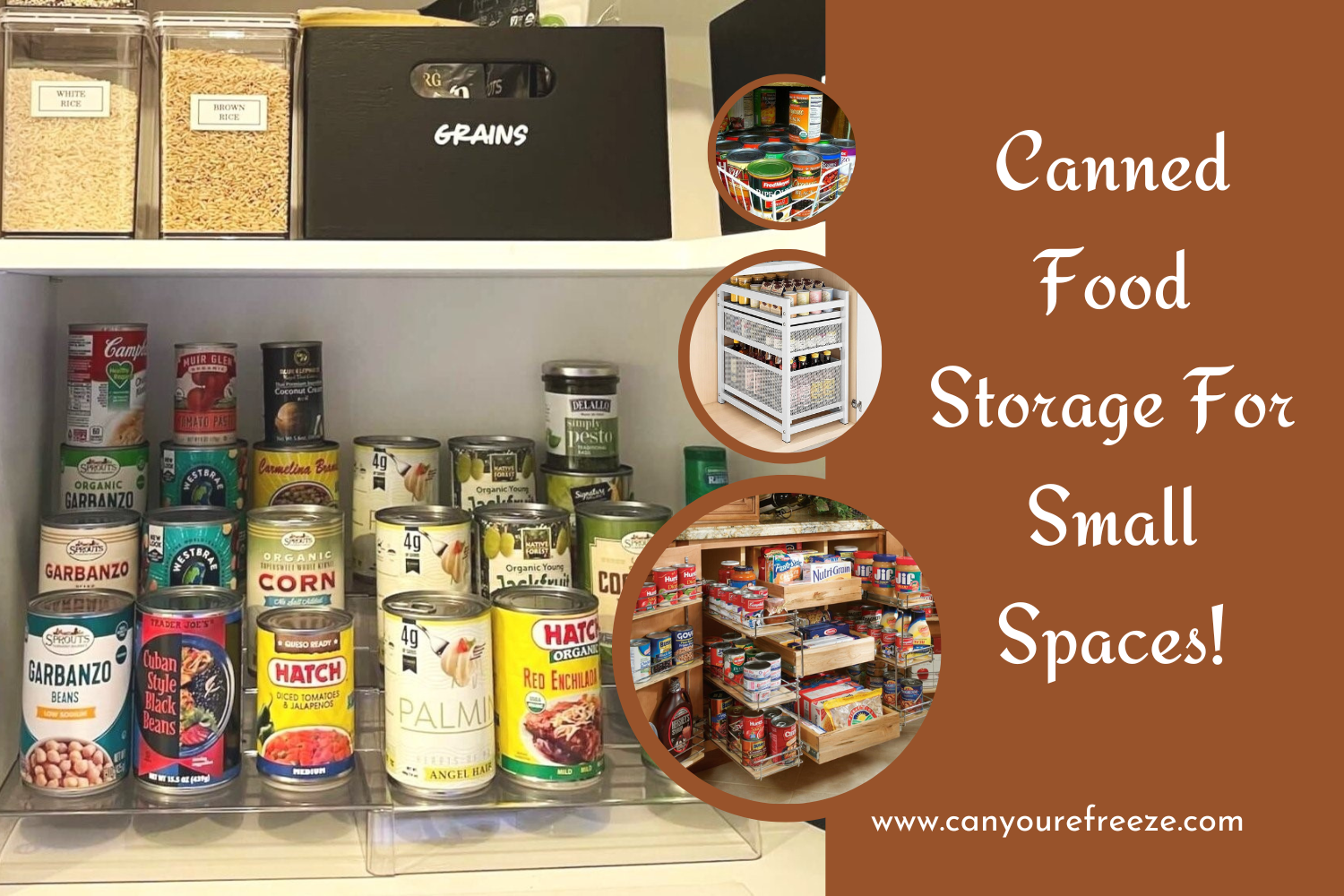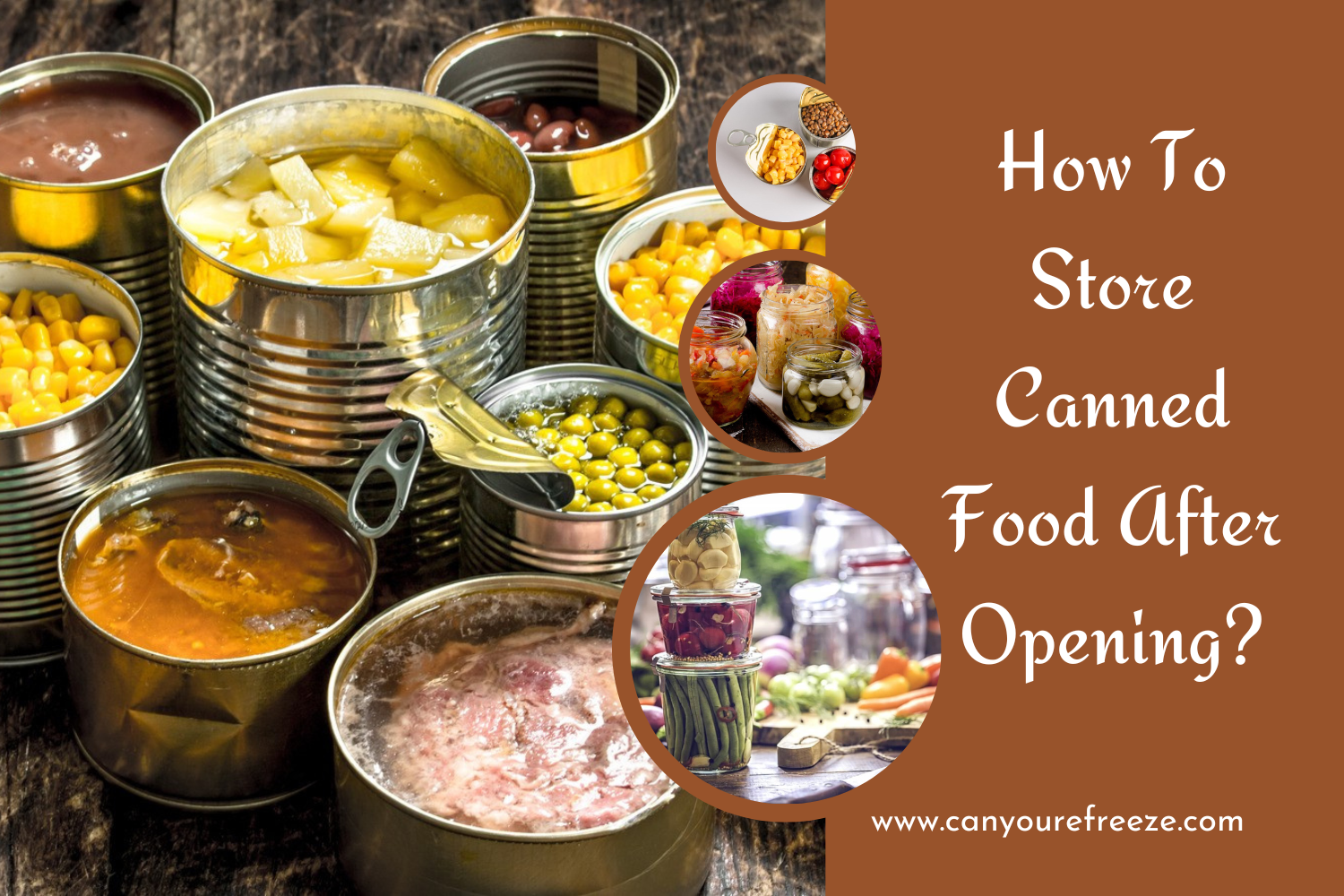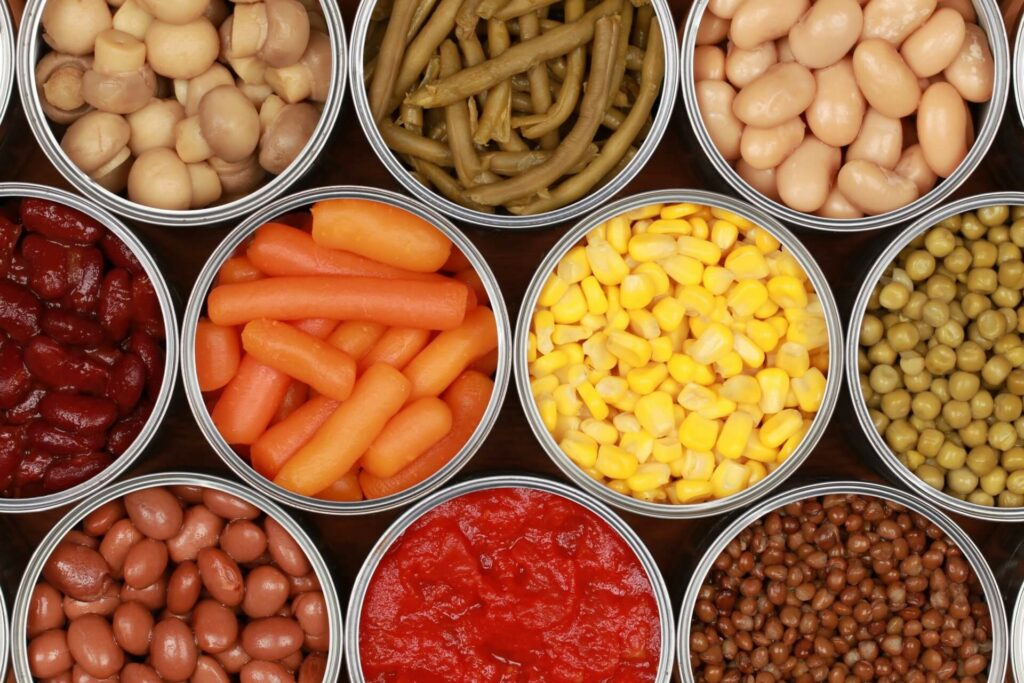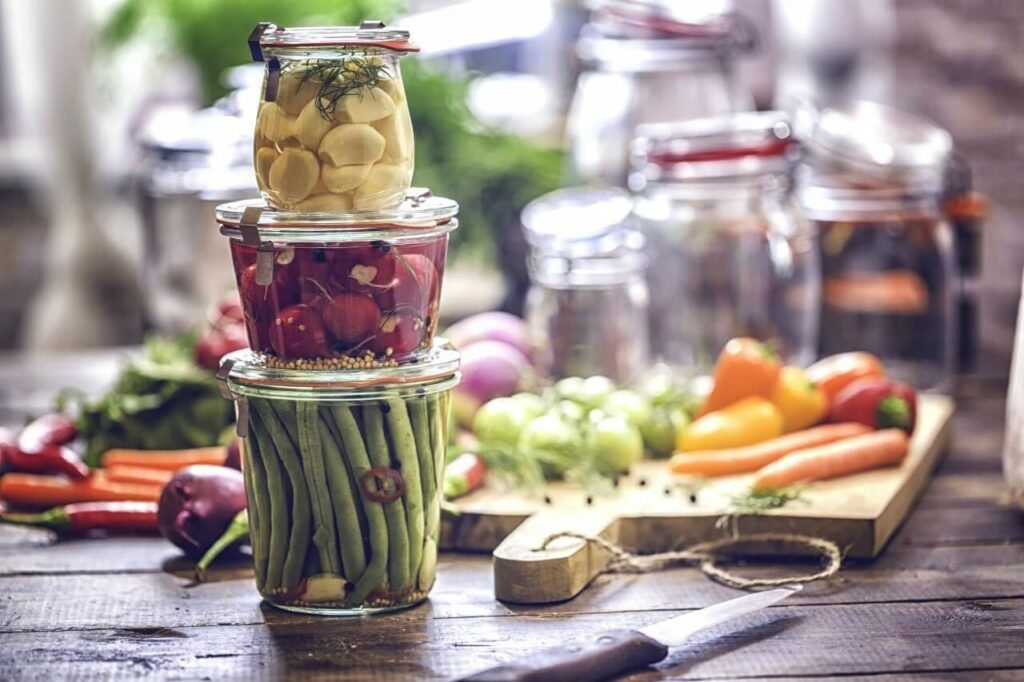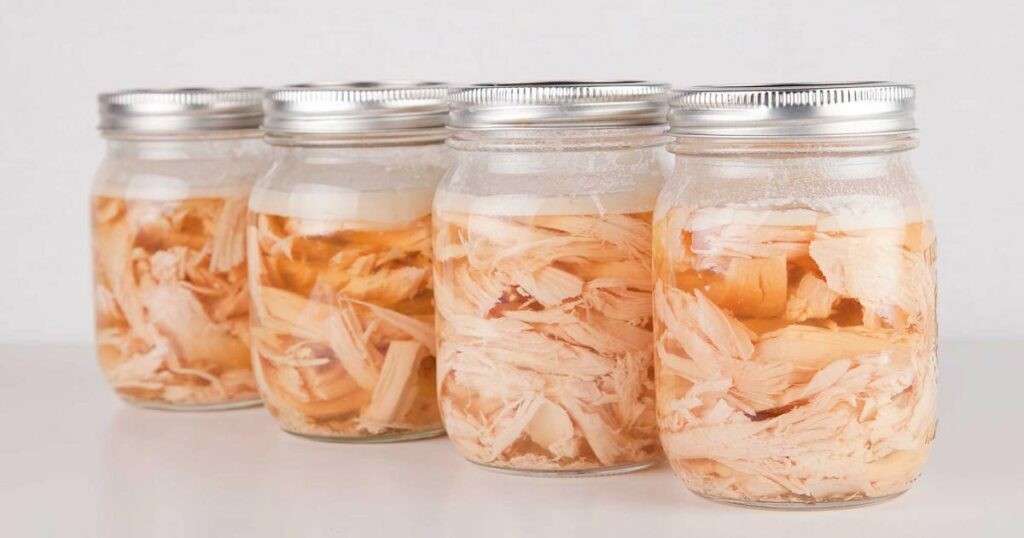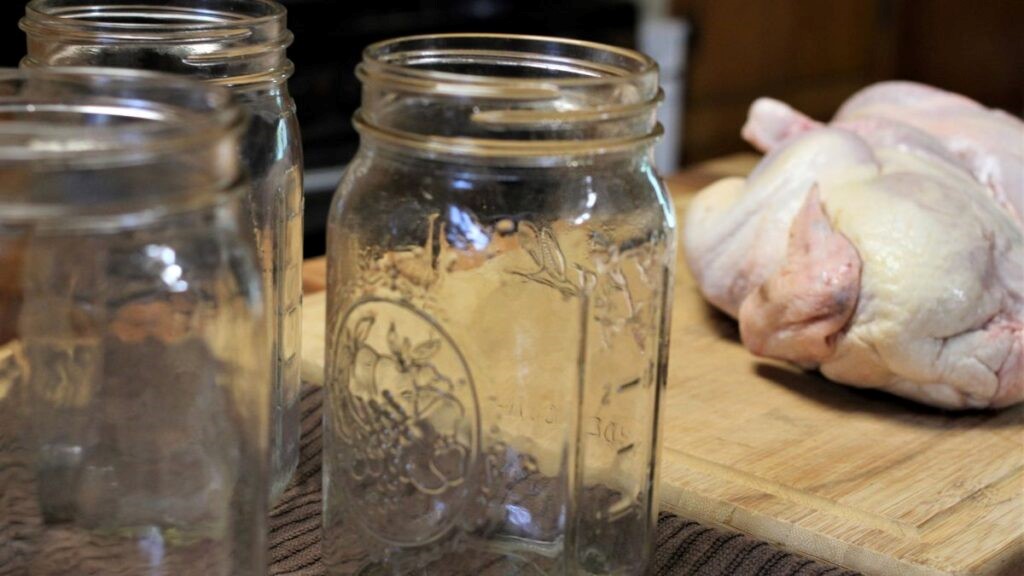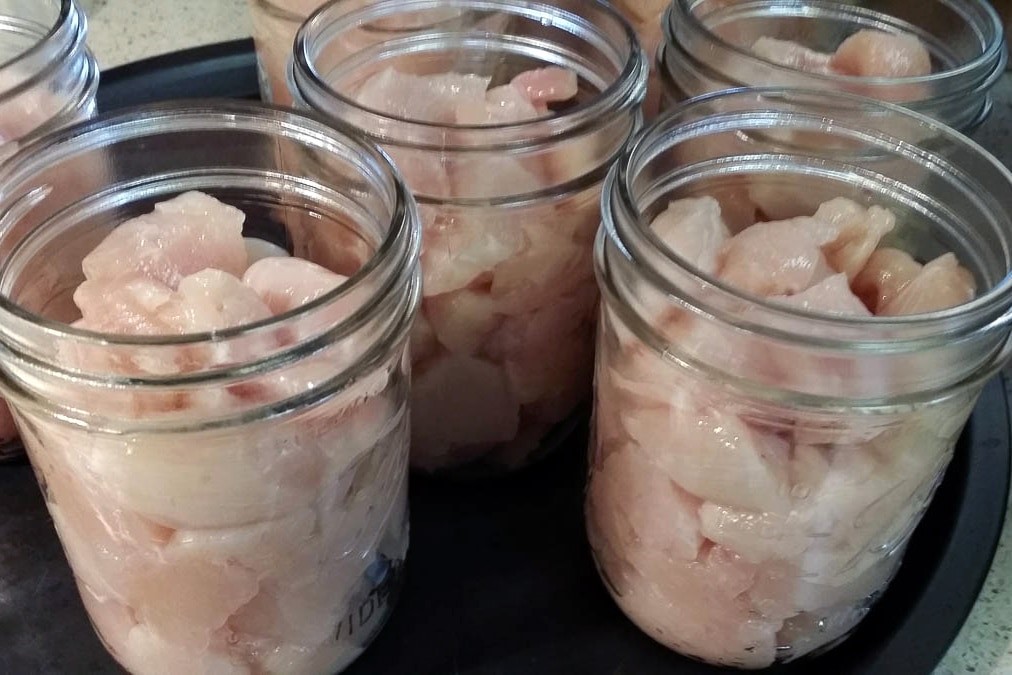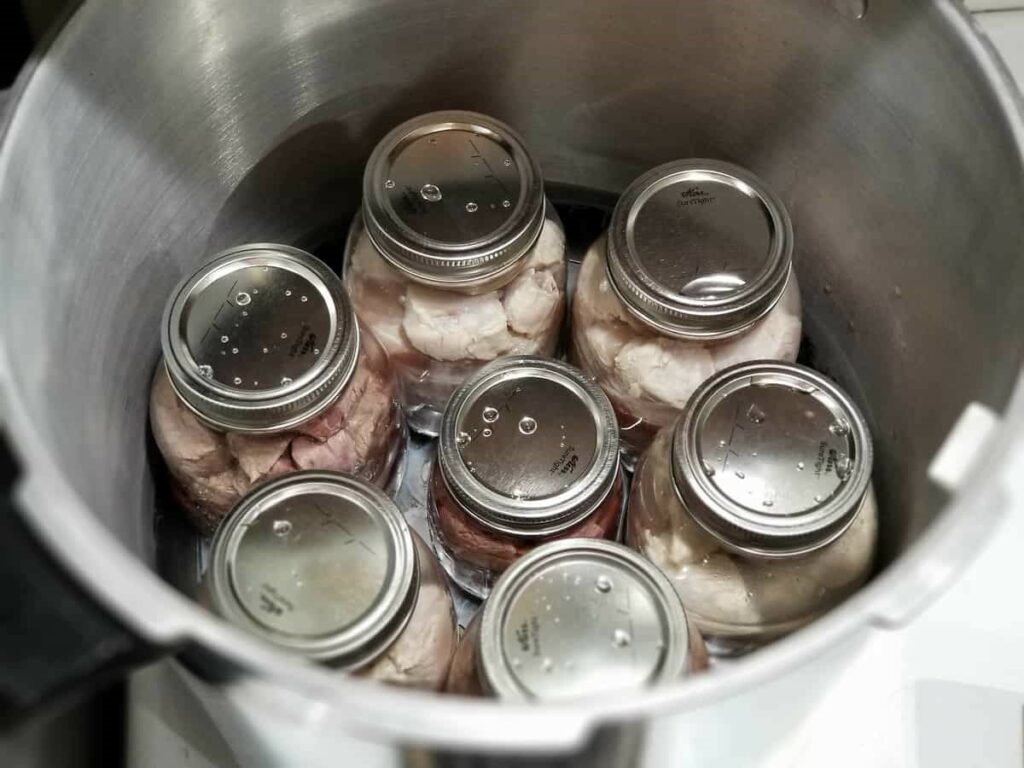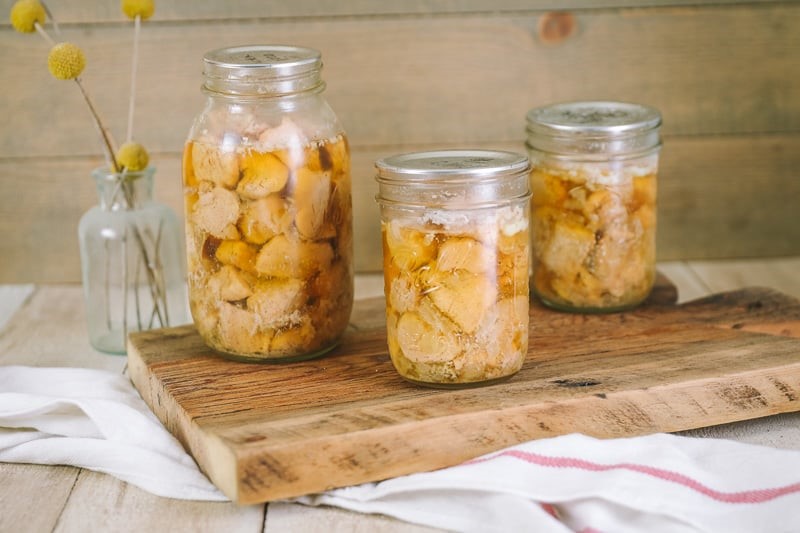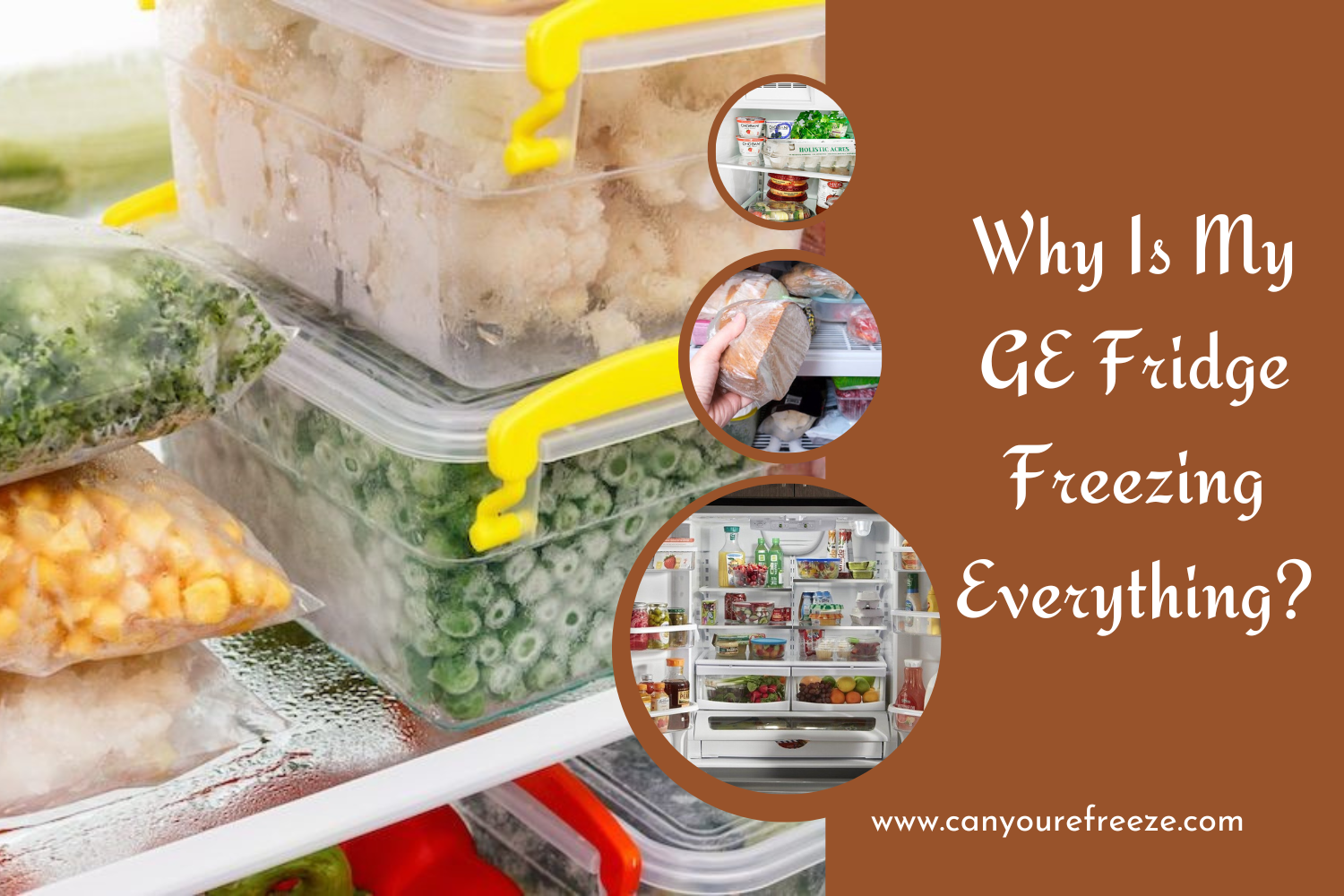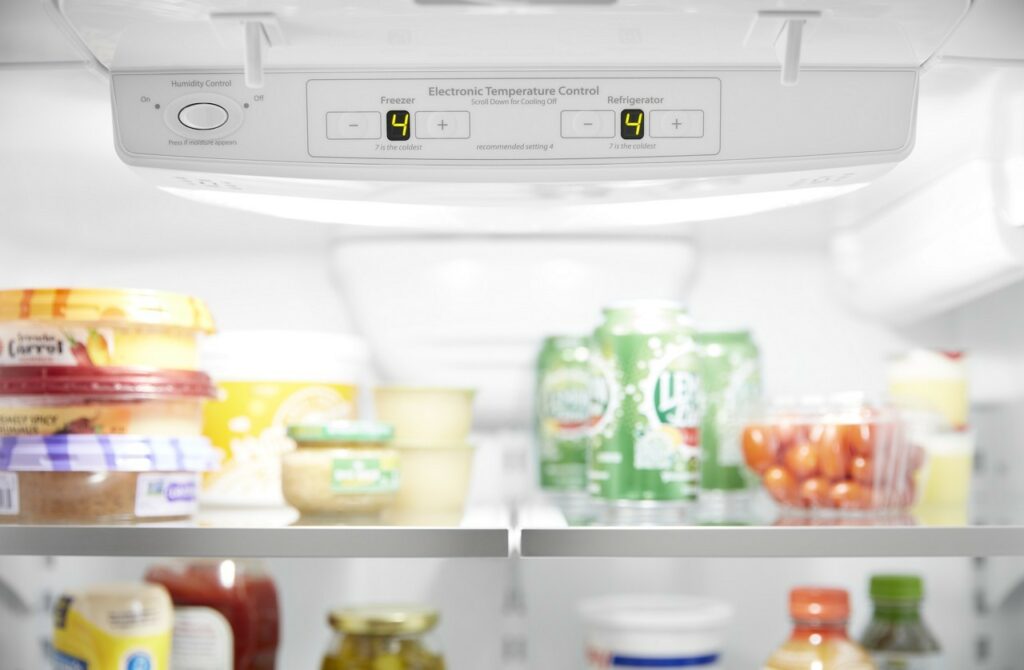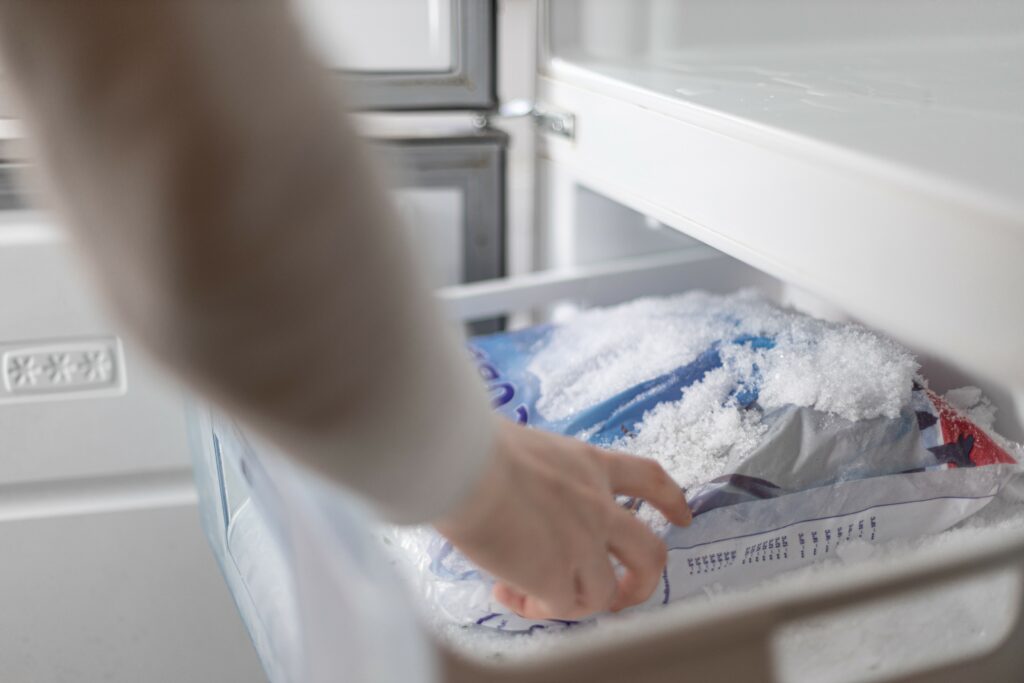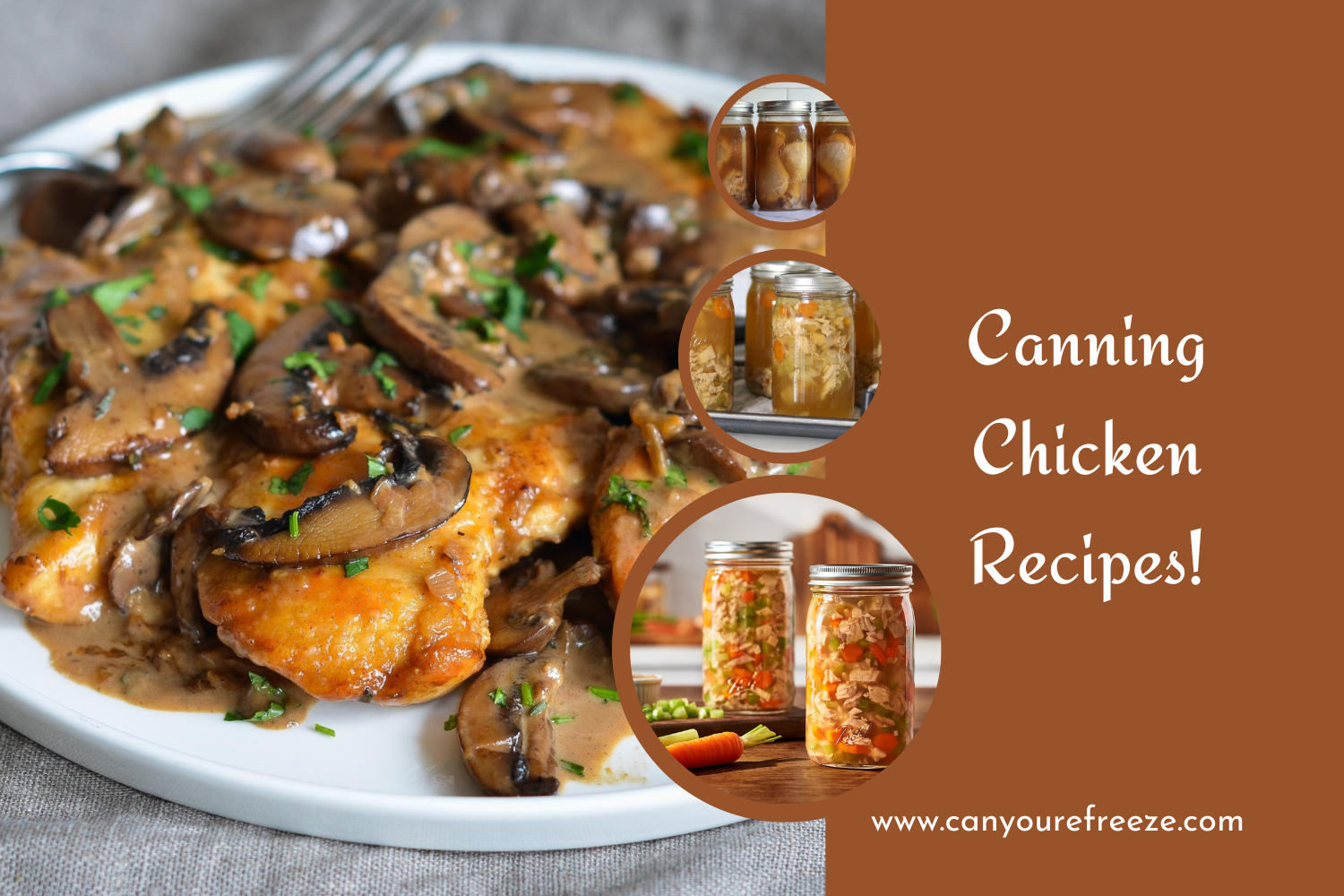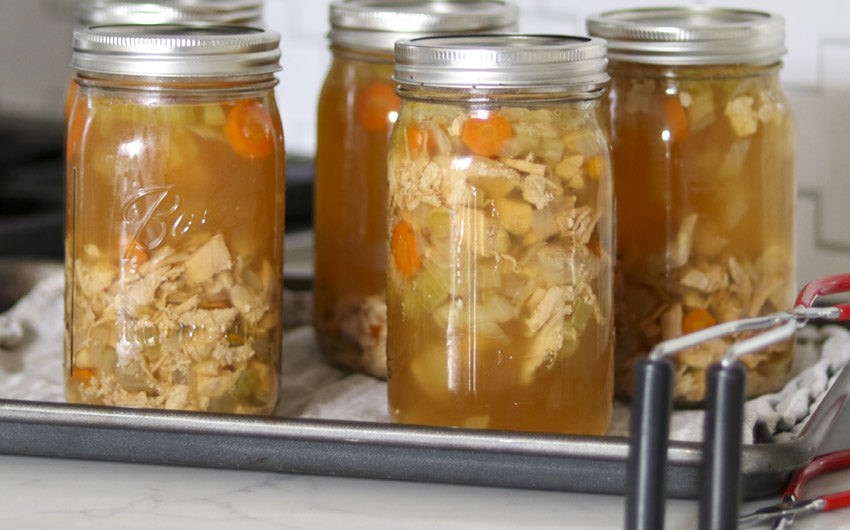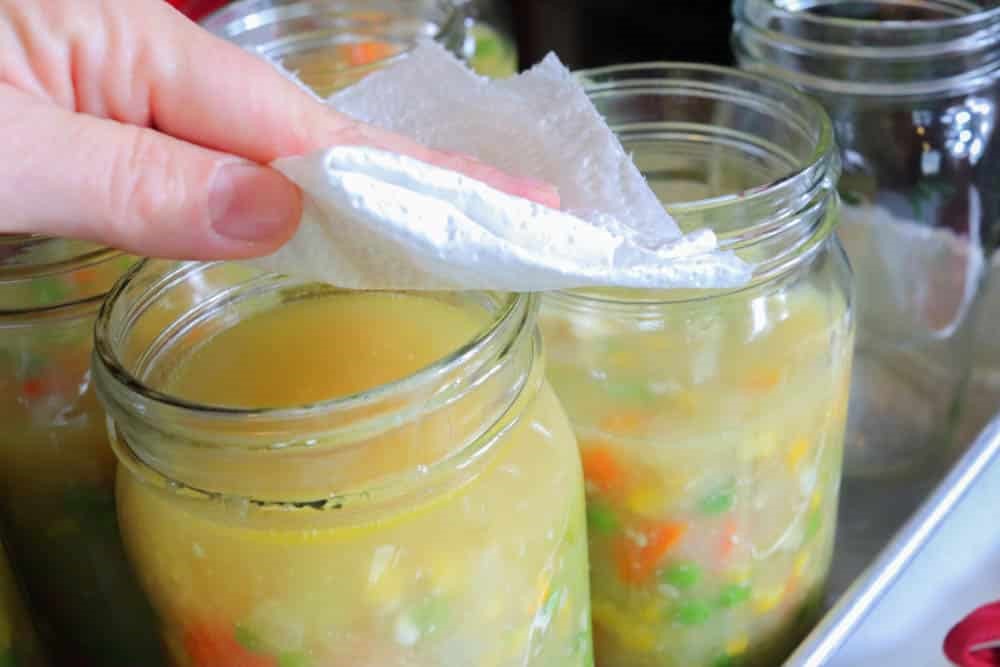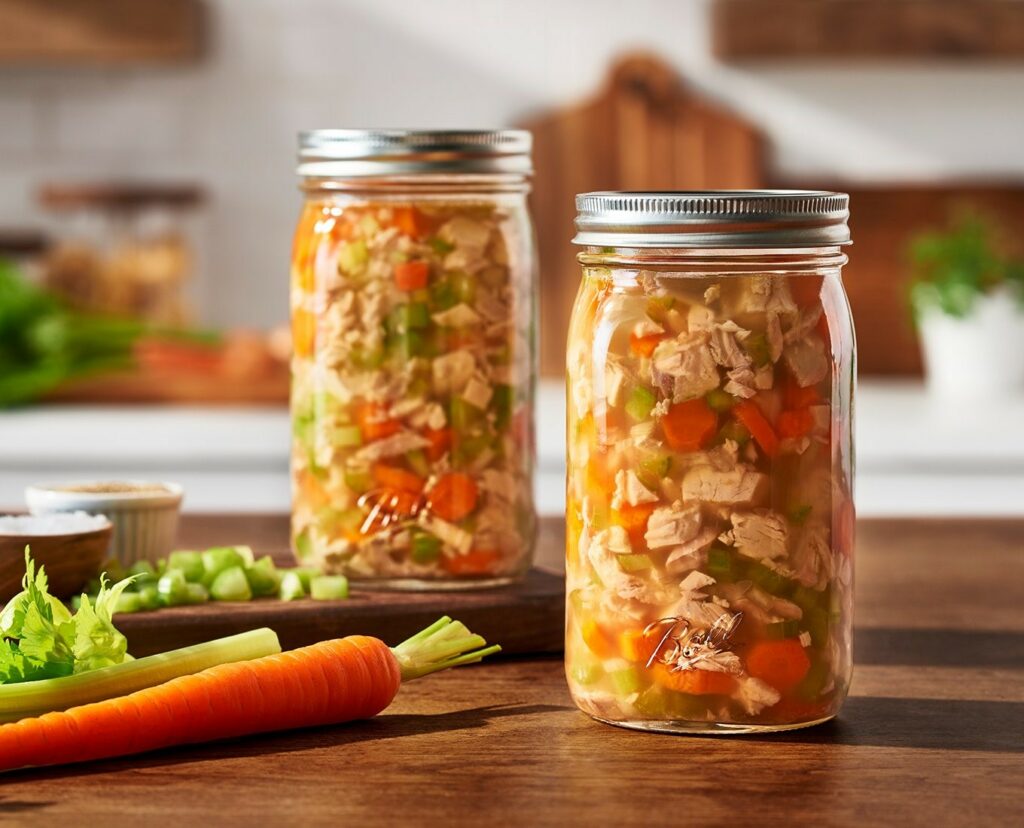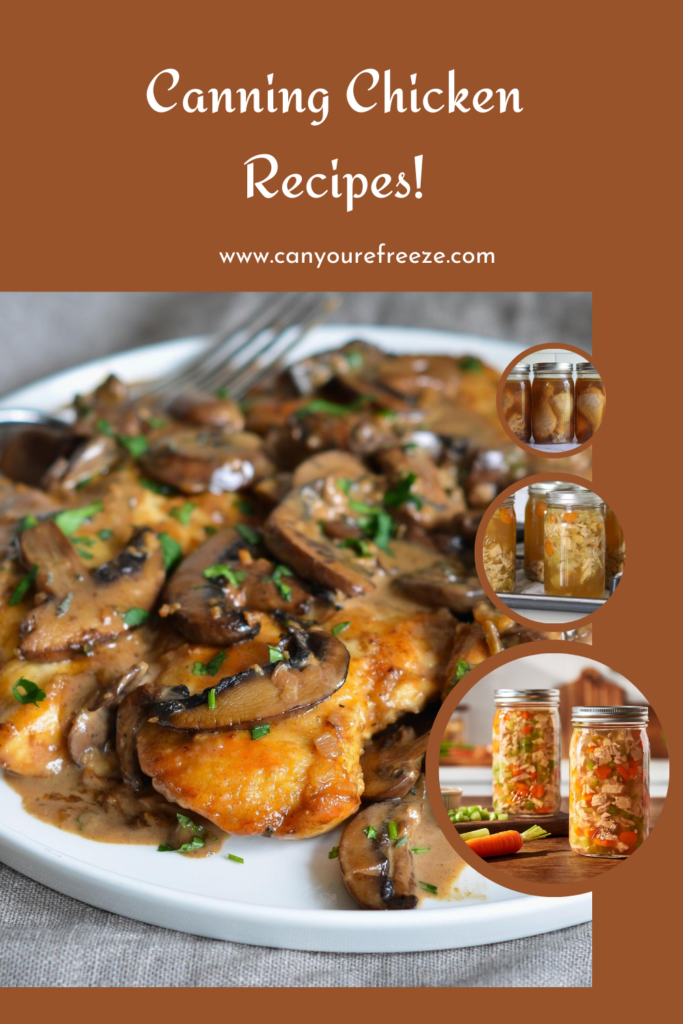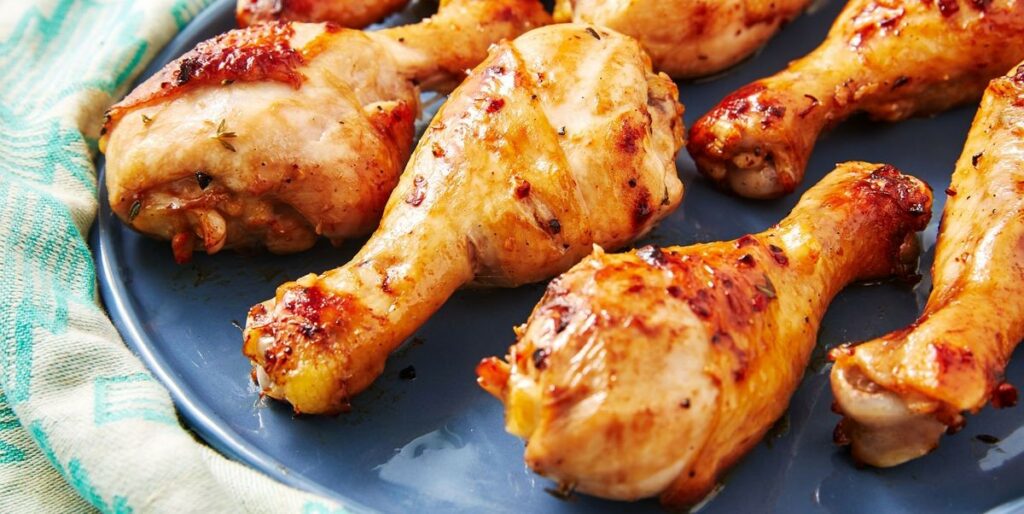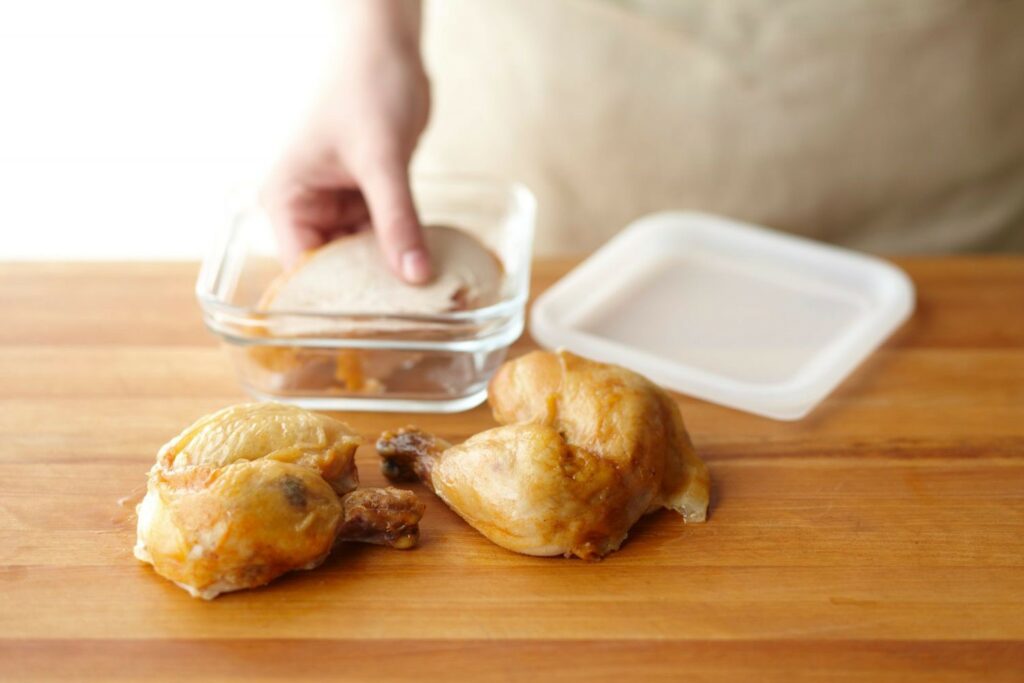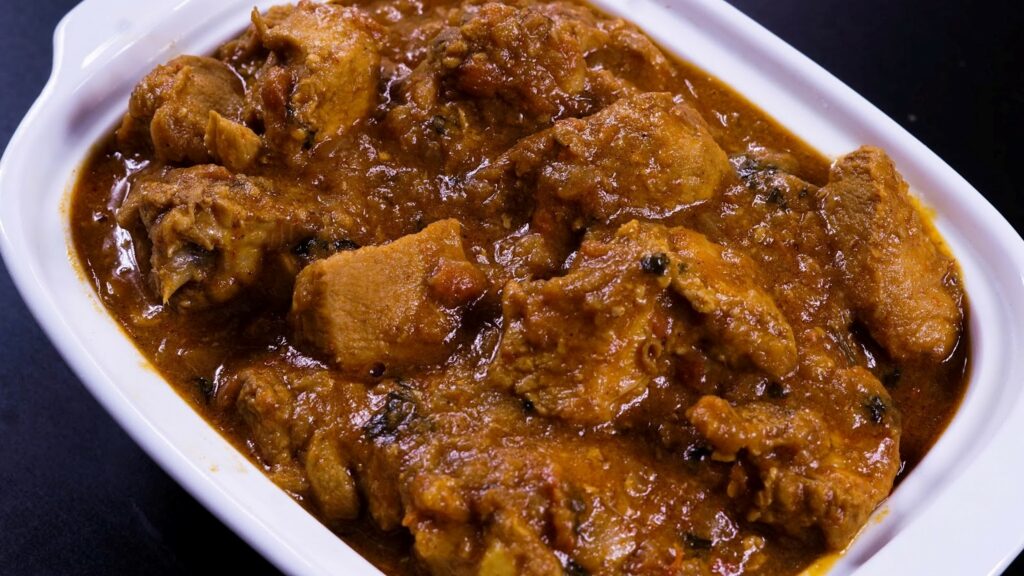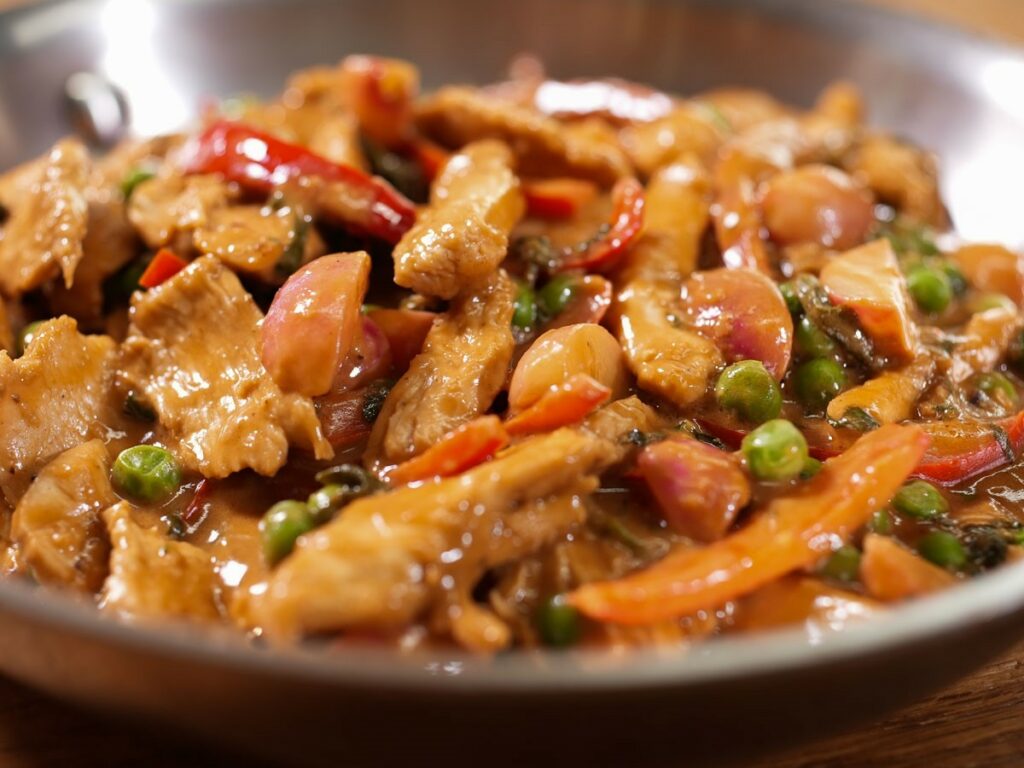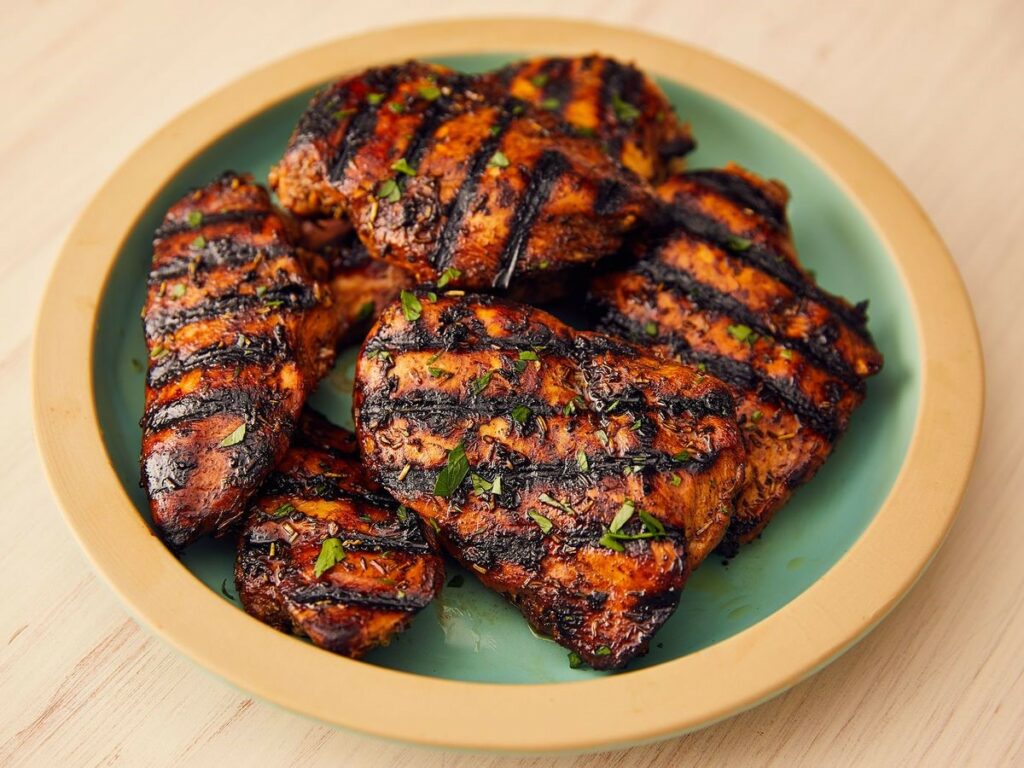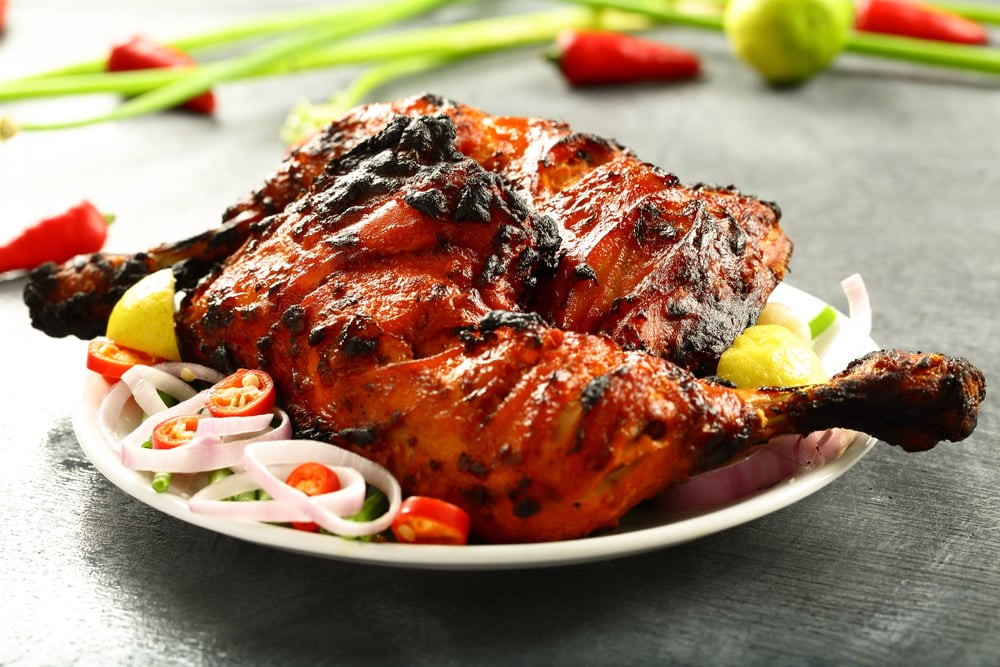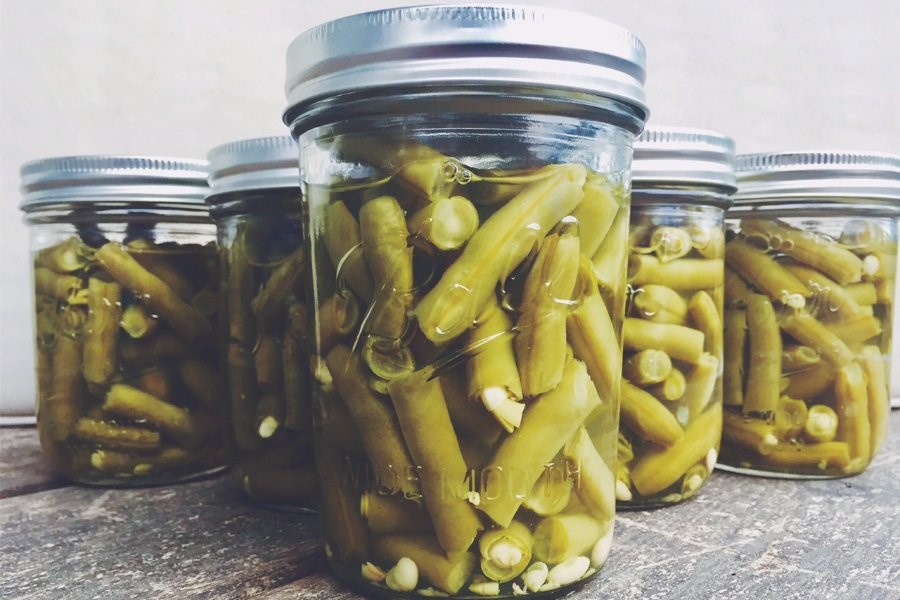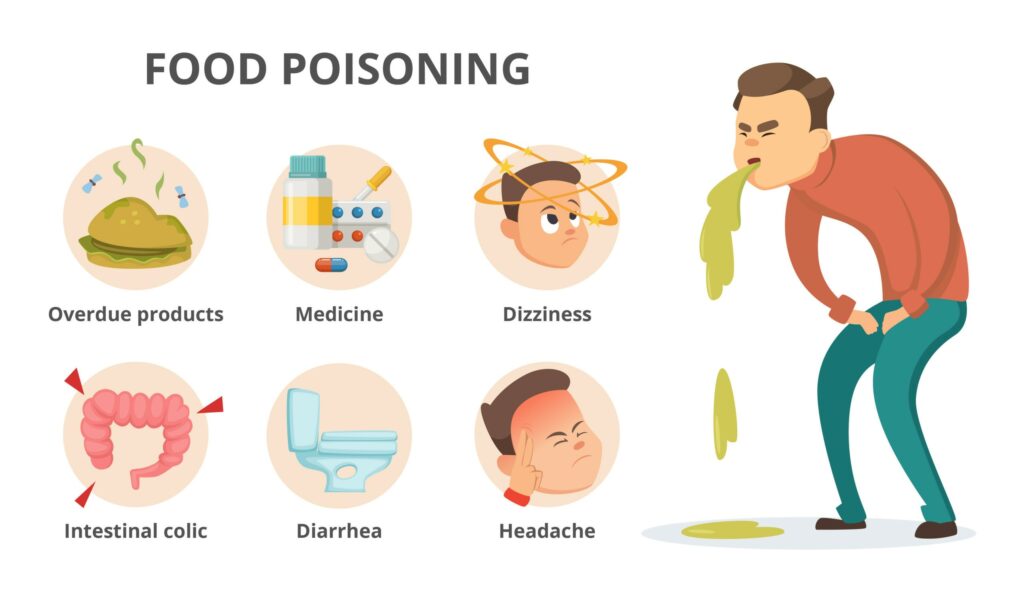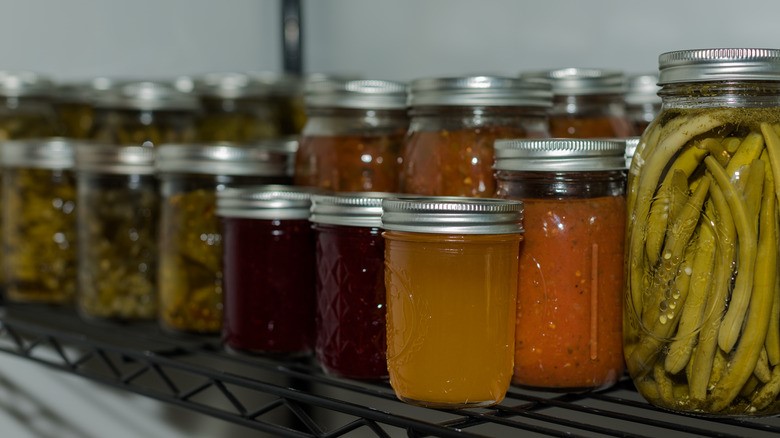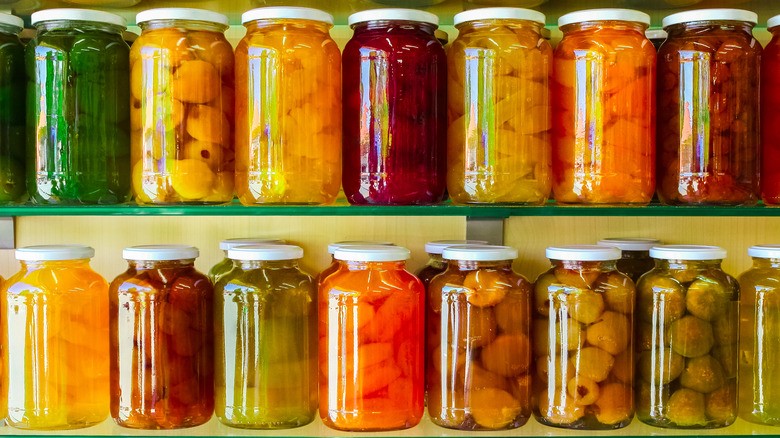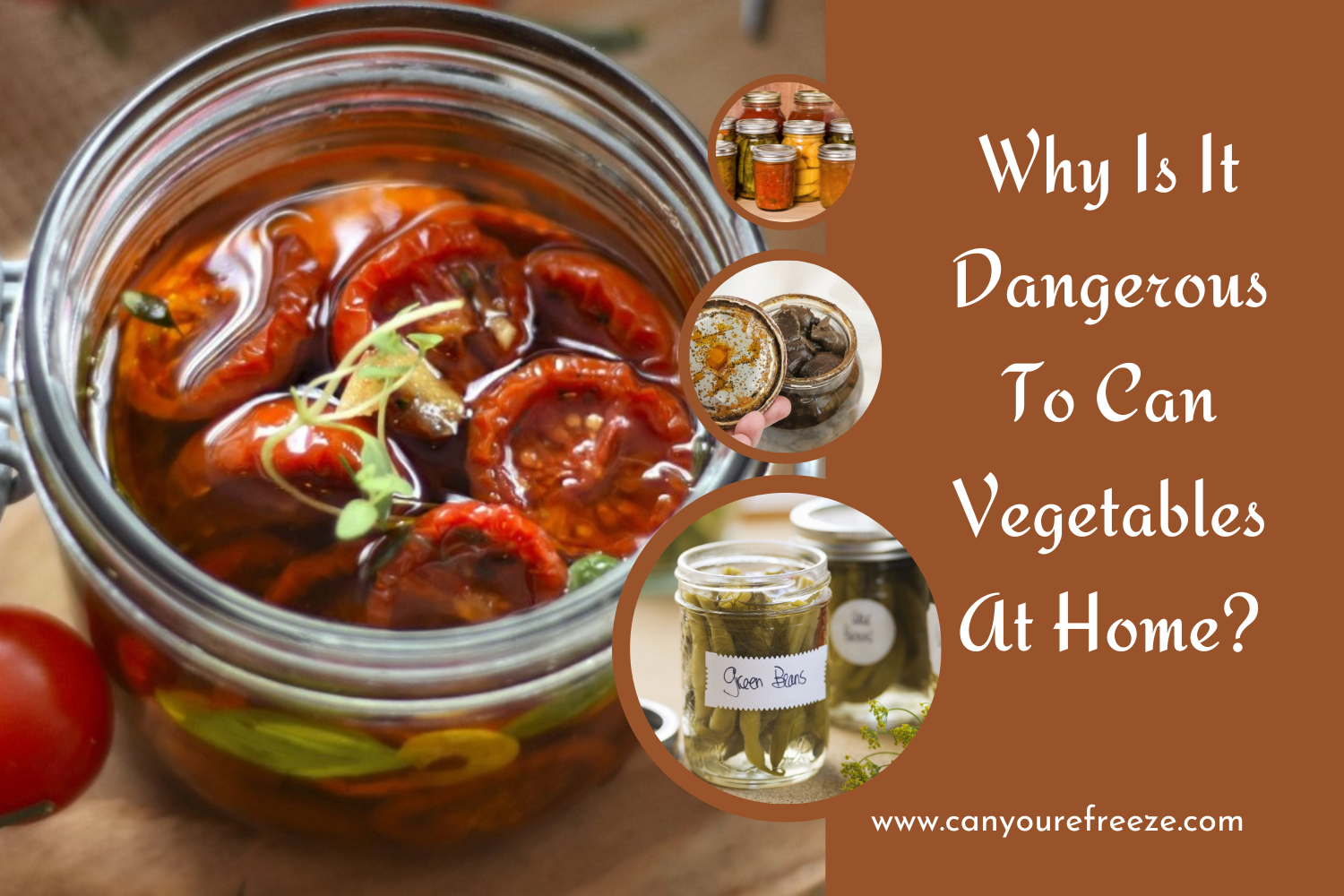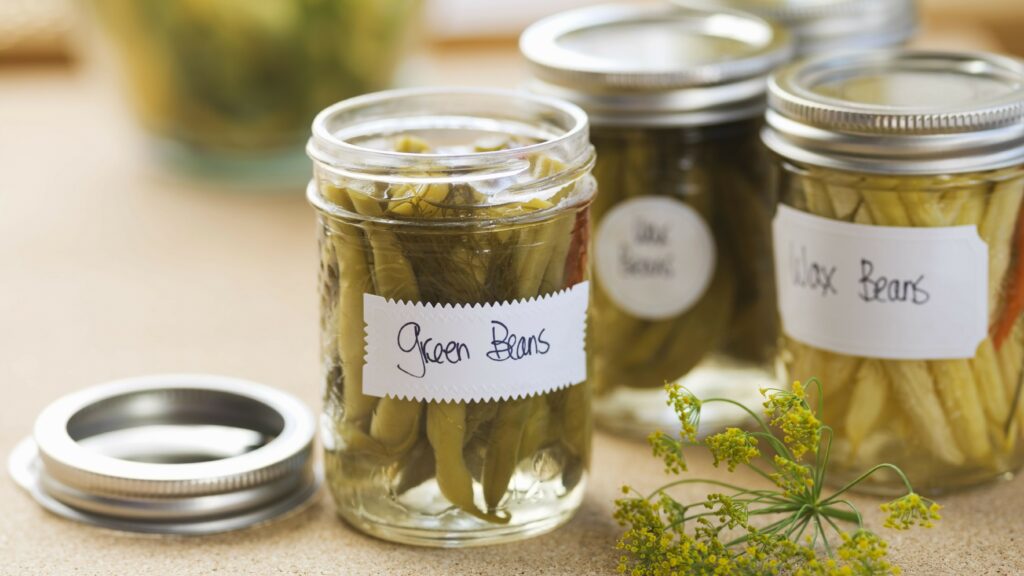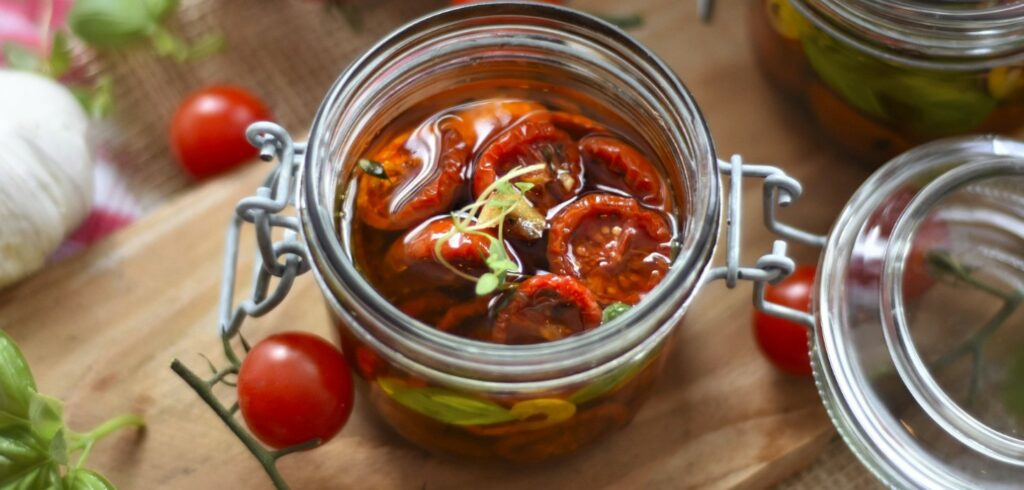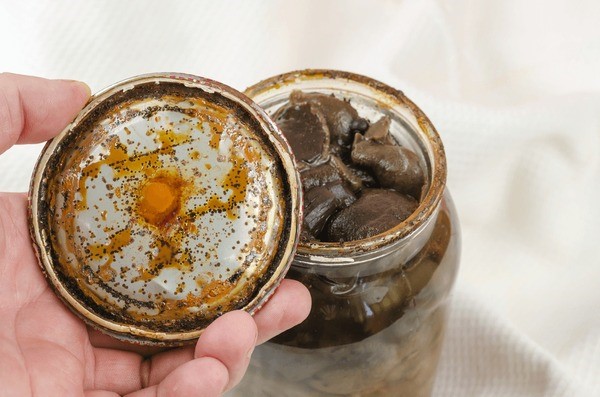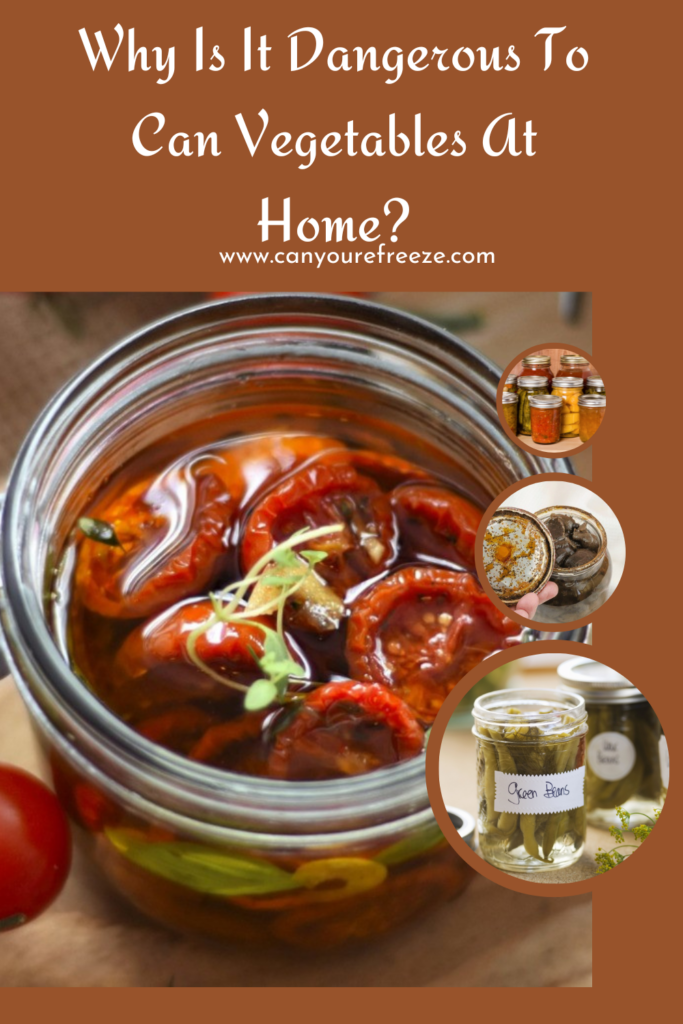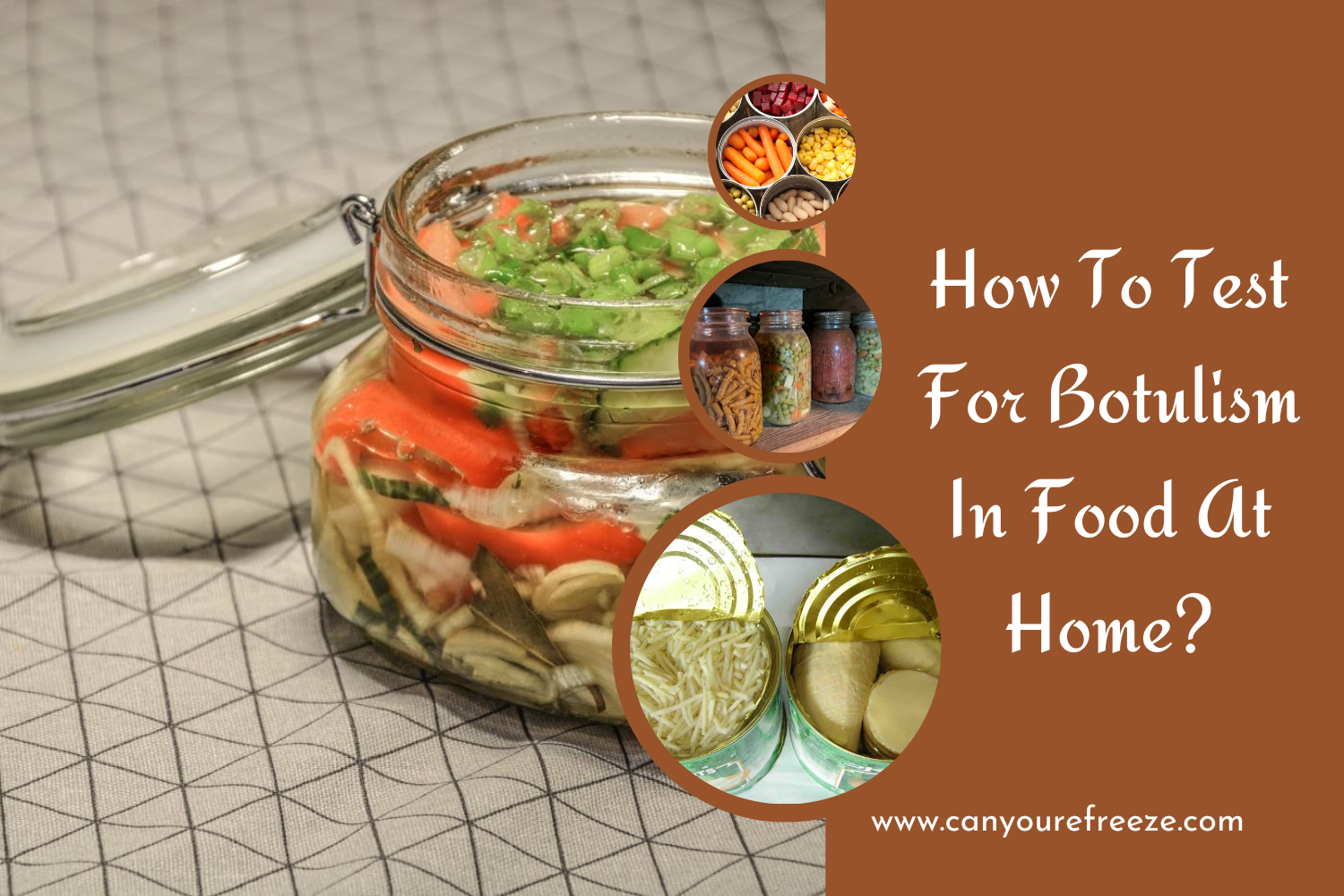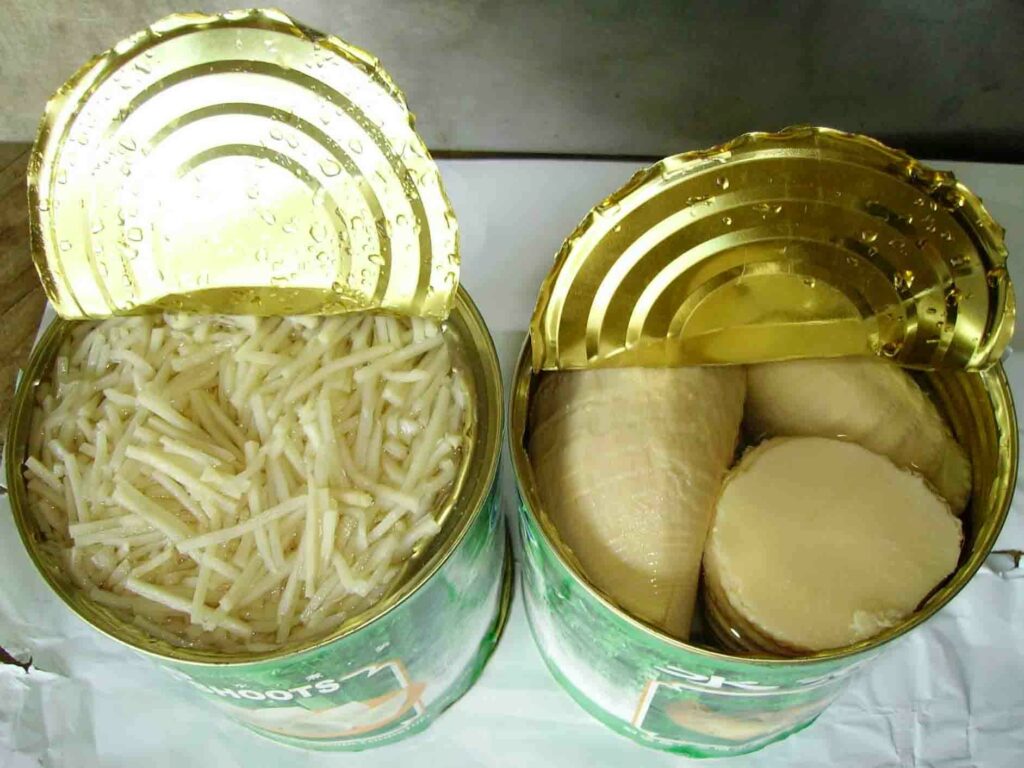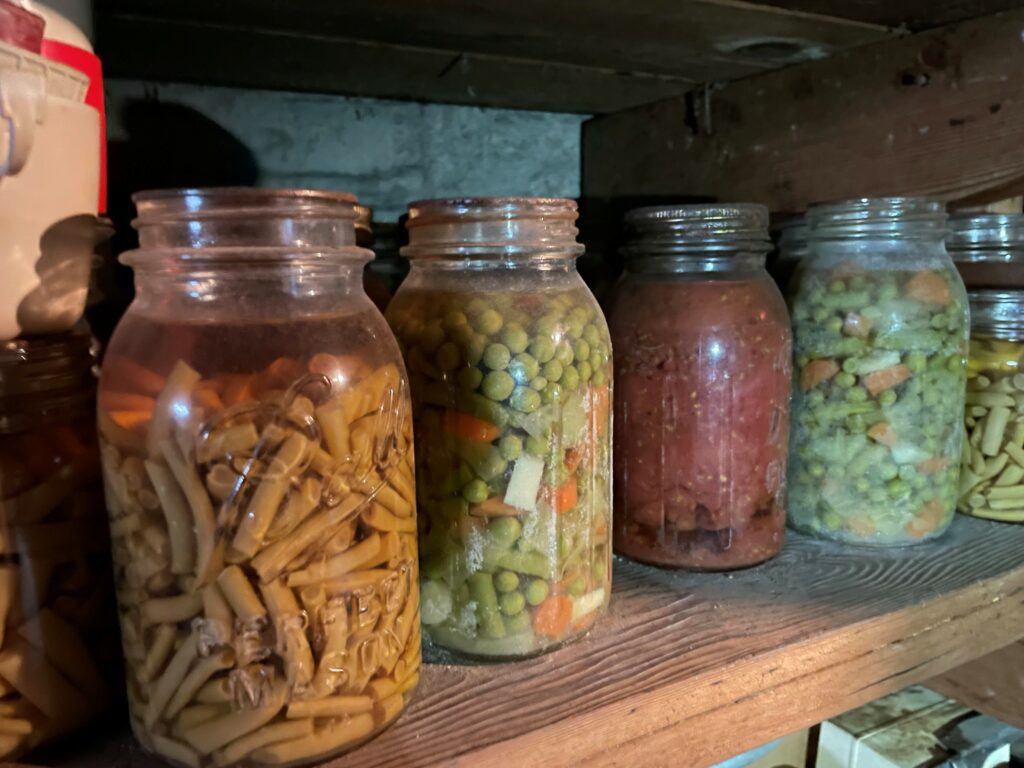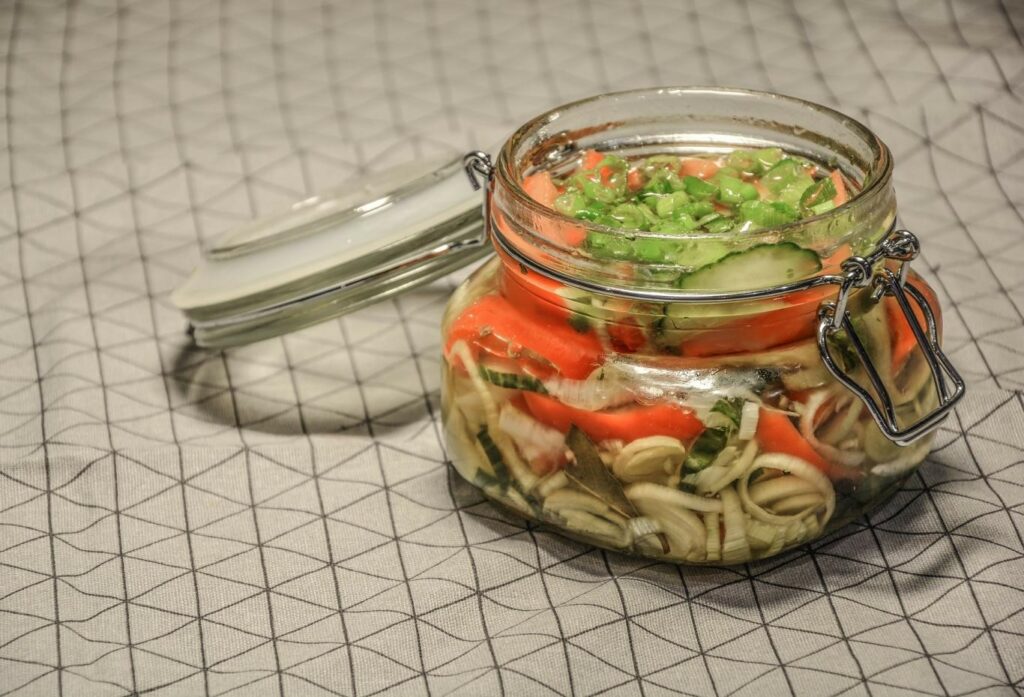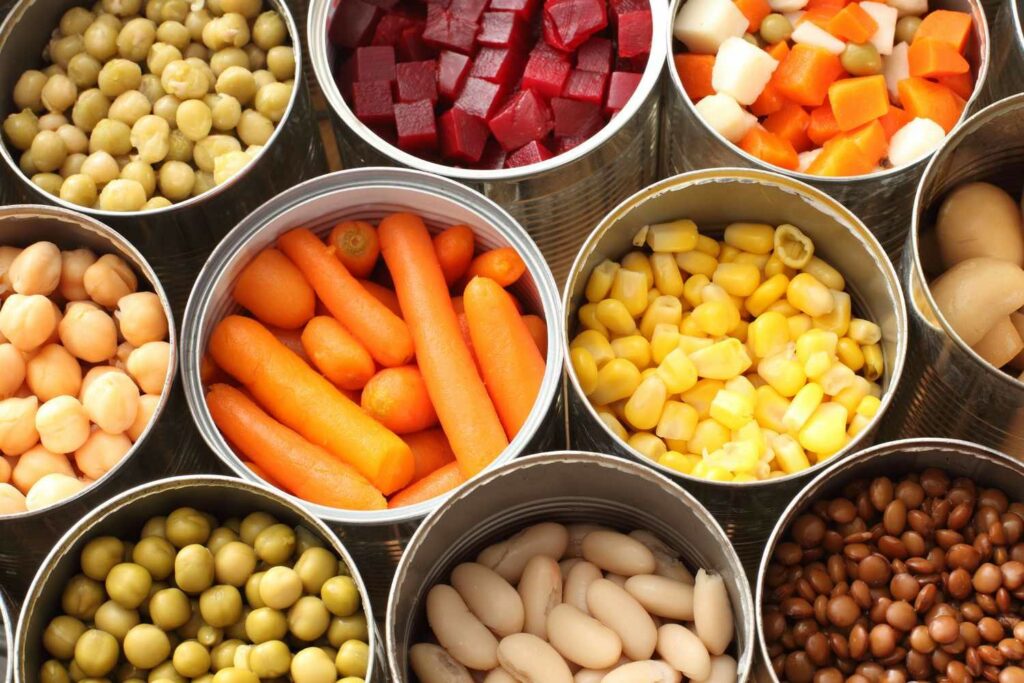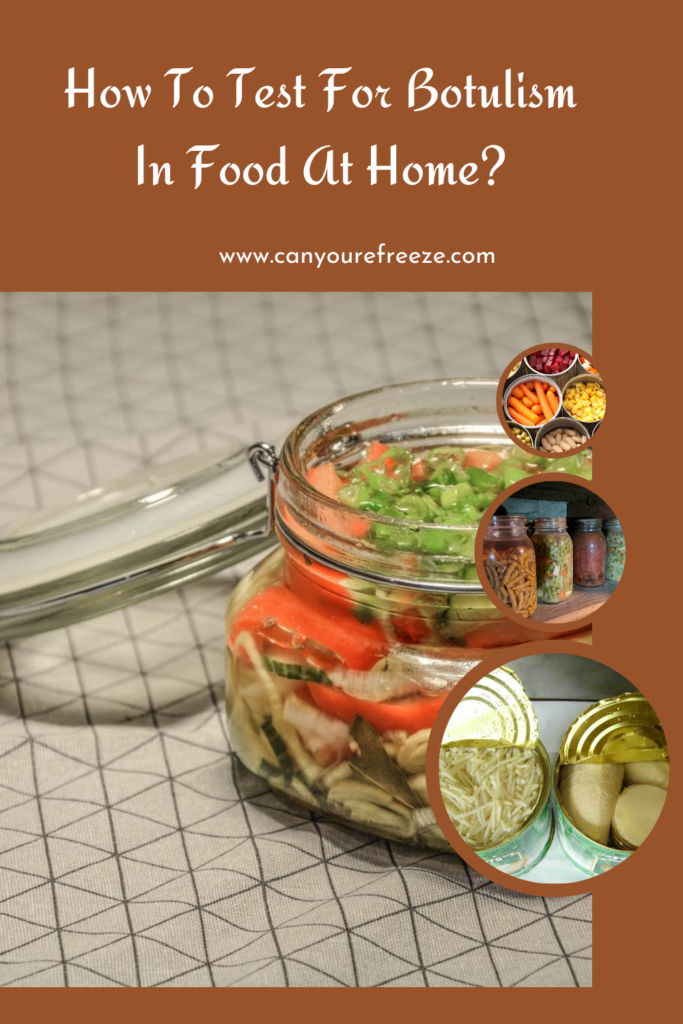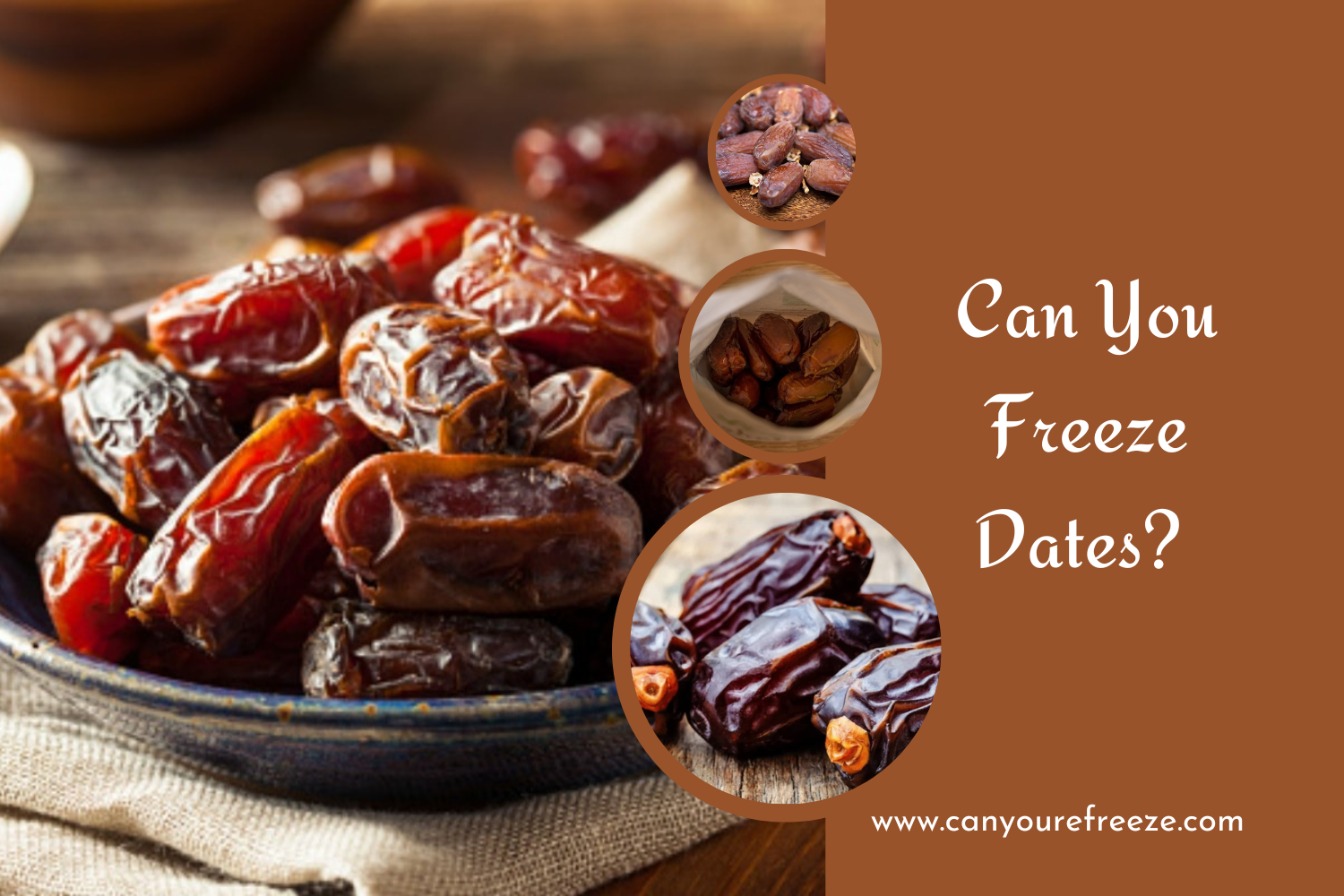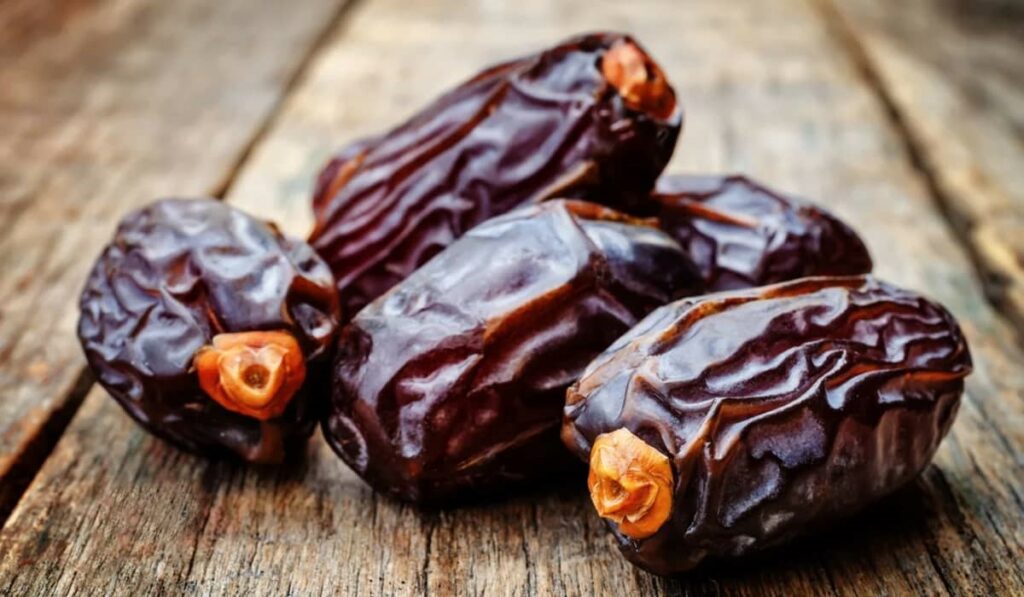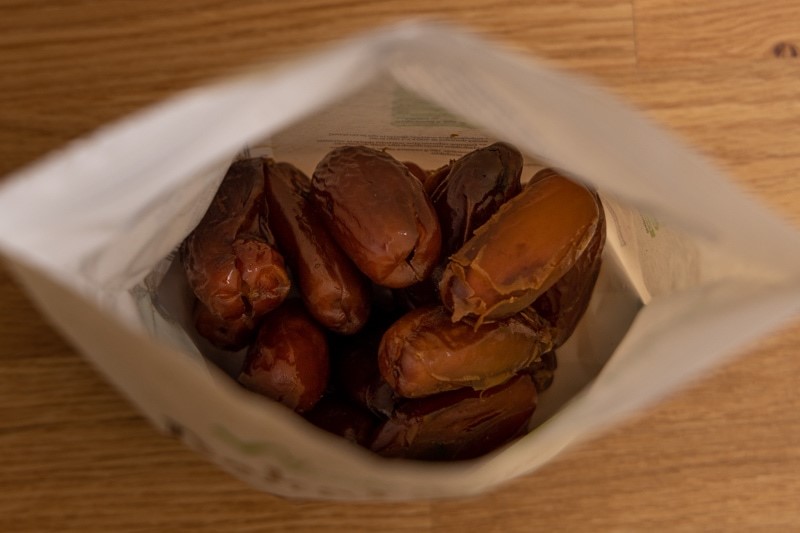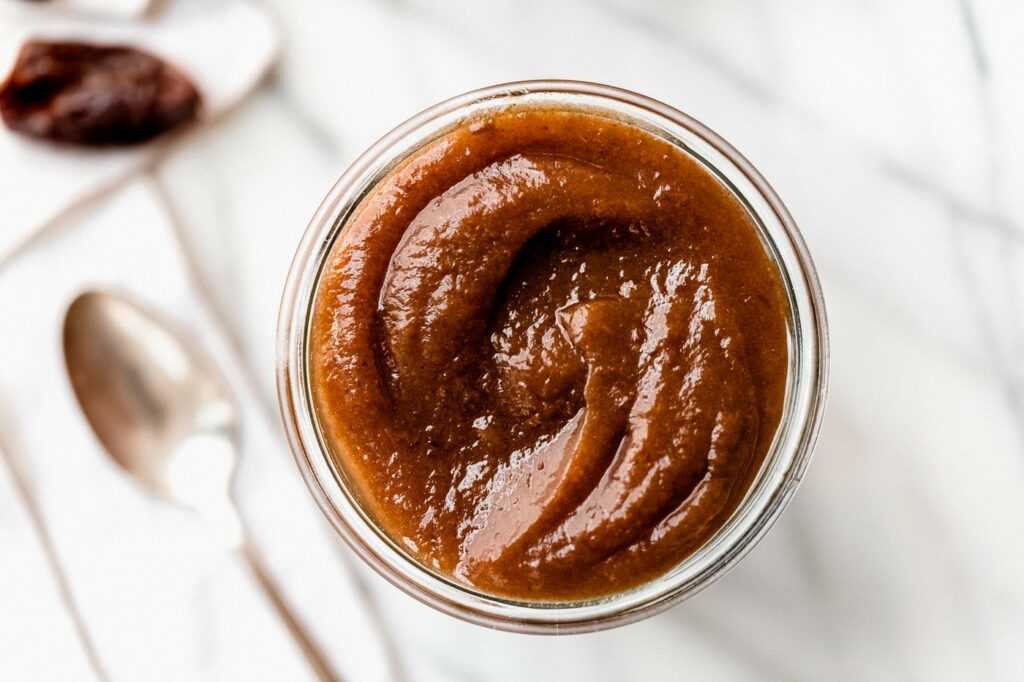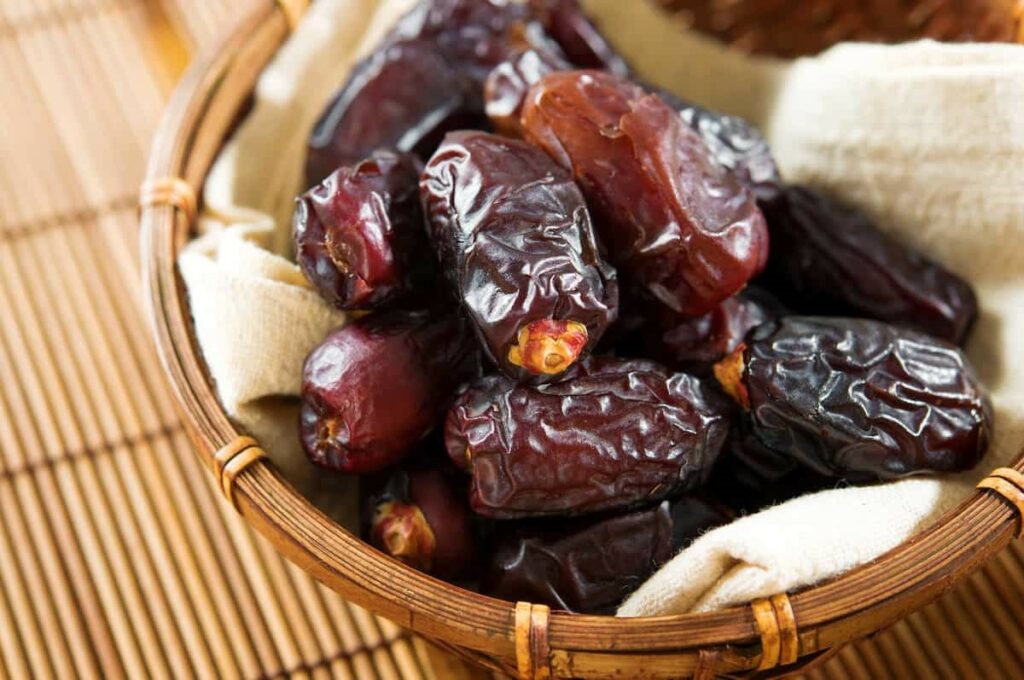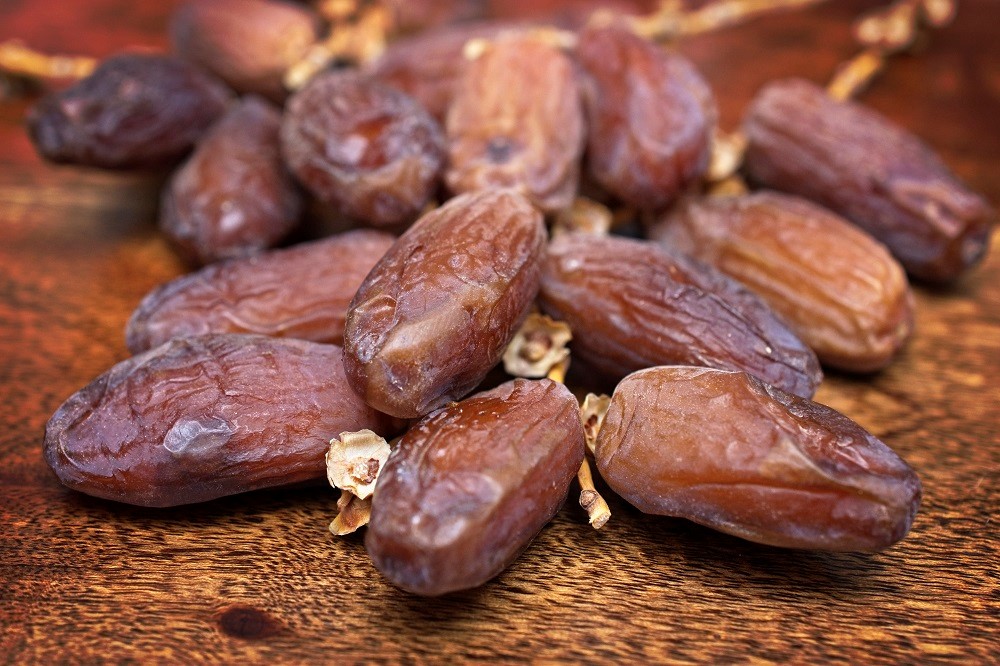Canned Food Storage For Small Spaces
Canning is one of the best food preservation techniques that can be done easily at home to keep the food safe. And every time you can food at home, you tend to preserve some extra, right? But you might end up with a shortage of storage space for the cans.
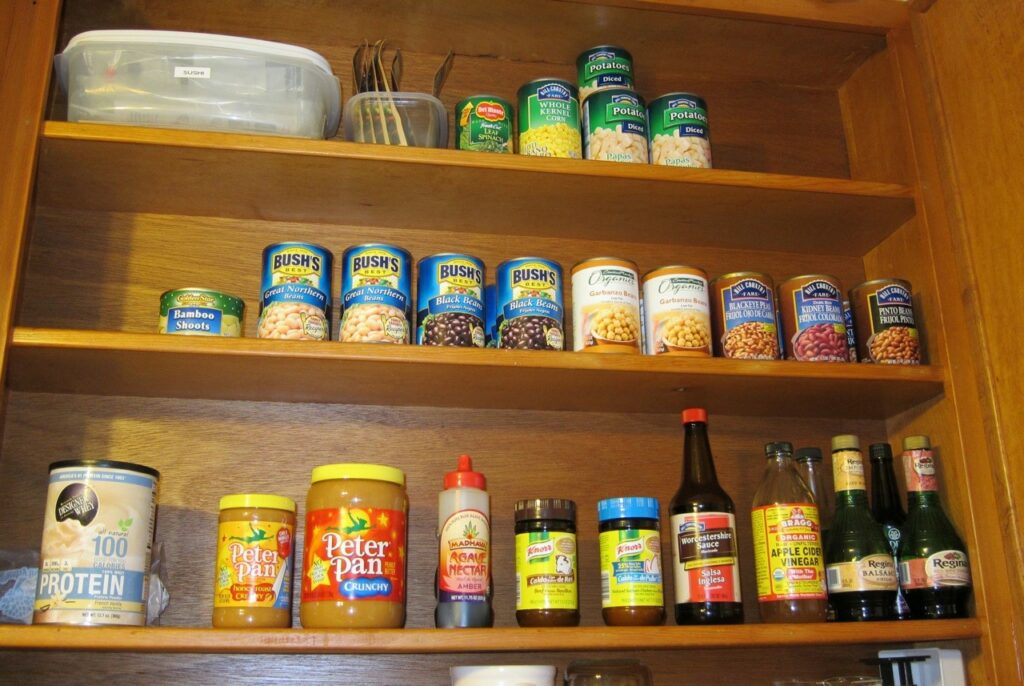
Do you have a lot of food cans to store but do not have that much space in your pantry? Or is your pantry disarranged due to the shortage of space? Whatever the reason could be, I have a few ways that will help you to store your canned food in a better way.
In this article, I will guide you through 8 possible ways to store your canned food in small spaces. These will help you to make the most of your small storage space and organize the cans into an arranged and neat cabinet. Check out the following sections for more!
1. Wire Baskets
Wire baskets are a great option to arrange your canned food in the kitchen pantry. This way the cans will not only take less space but will also remain organised. Wire baskets have an open design so that you can quickly find your food jars.

Another reason for using the wire baskets is that, they are quite sturdy and durable. They will last longer and therefore can be easily used to store food cans. They can also fit into any space, which means better storage.
2. Tiered Drawers
Tiered drawers will significantly simplify your small storage spaces. Because they are tiered, you can store more food cans at a time even if you do not have much space. They line up diagonally, and so you can easily reach and see the cans.
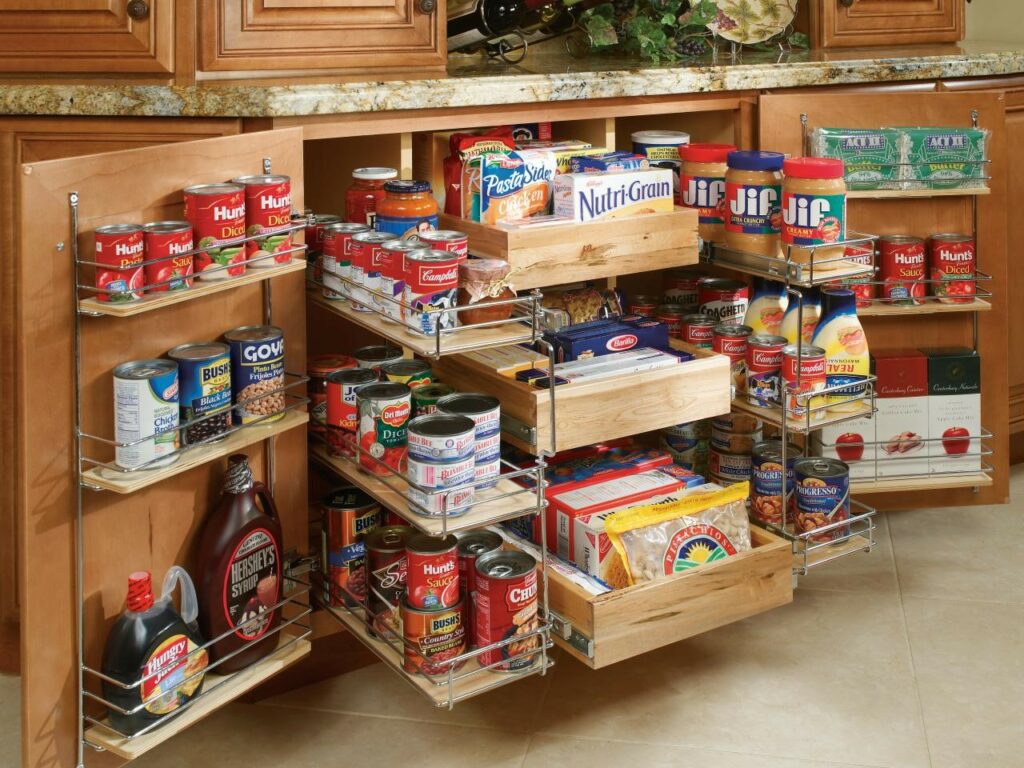
Tiered drawers also eliminate the need to dig into traditional drawers to search for a product. And what could be better, isn’t it? Simply install tiered drawers in your kitchen pantry and you will not regret it. They are the best when you have a small space.
3. Pull-out Cabinet Organiser
You might have seen pull-out cabinet organizers in modular kitchens. They are the best when it comes to making the most out of small spaces. So, if you do not have one installed in your kitchen, get it done for better space management.

They can be customized as per your kitchen space and therefore are worth the expenditure. They are also simple to use and a great way to make maximum use of cabinet depth for storage. You can keep and access the food cans in this way with ease whenever necessary.
4. Open Shelving
Keeping the kitchen shelves open will save you a lot of space. And therefore, this is one of the best solutions for limited spaces. They can be optimized when you need to store frequently utilized canned items.

You can also stack the food cans on top of each other in an open shelving system. This will also make it look more organized and arranged. You can install an open shelf anywhere in the kitchen.
5. Cabinet Door Organisers
A door organizer is a great idea to get the most out of the storage cabinets in your kitchen. With them, you can keep canned goods in the doors of the cabinet in addition to its shelves.

Cabinet door organizers can make a great difference in your kitchen spacing plans. Even though they are small in size, you can make the most of your storage space with them. In other words, they increase storage space without taking up much room.
6. Pantry Drawers
Pantry drawers are not similar to pantry shelves. They can help you streamline your food cans more effectively and at the same time simplify your search for the food jar you are looking for. Pantry drawers are one of the best places to store your food easily.
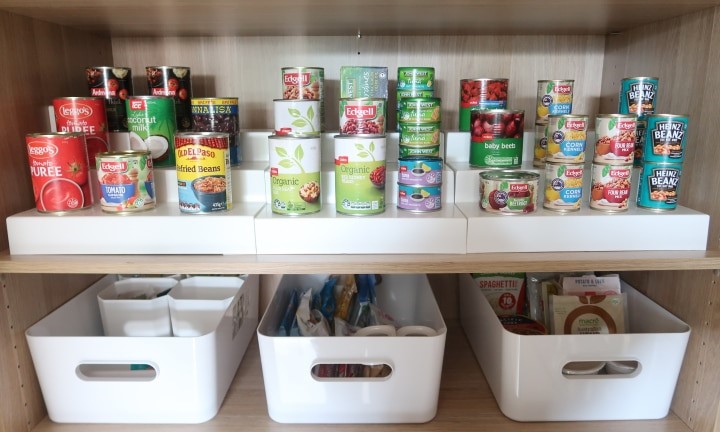
You will not have to go through multiple cans to get to the back when using pantry drawers as they can be easily found. Unlike a shelf, you can effortlessly reach every can by simply pulling the drawer.
7. Plastic Risers
The least expensive way to optimize the storage spaces in your kitchen is to use plastic risers. With them, you can seamlessly maintain the food cans by making the most of the depth and height of the shelves.
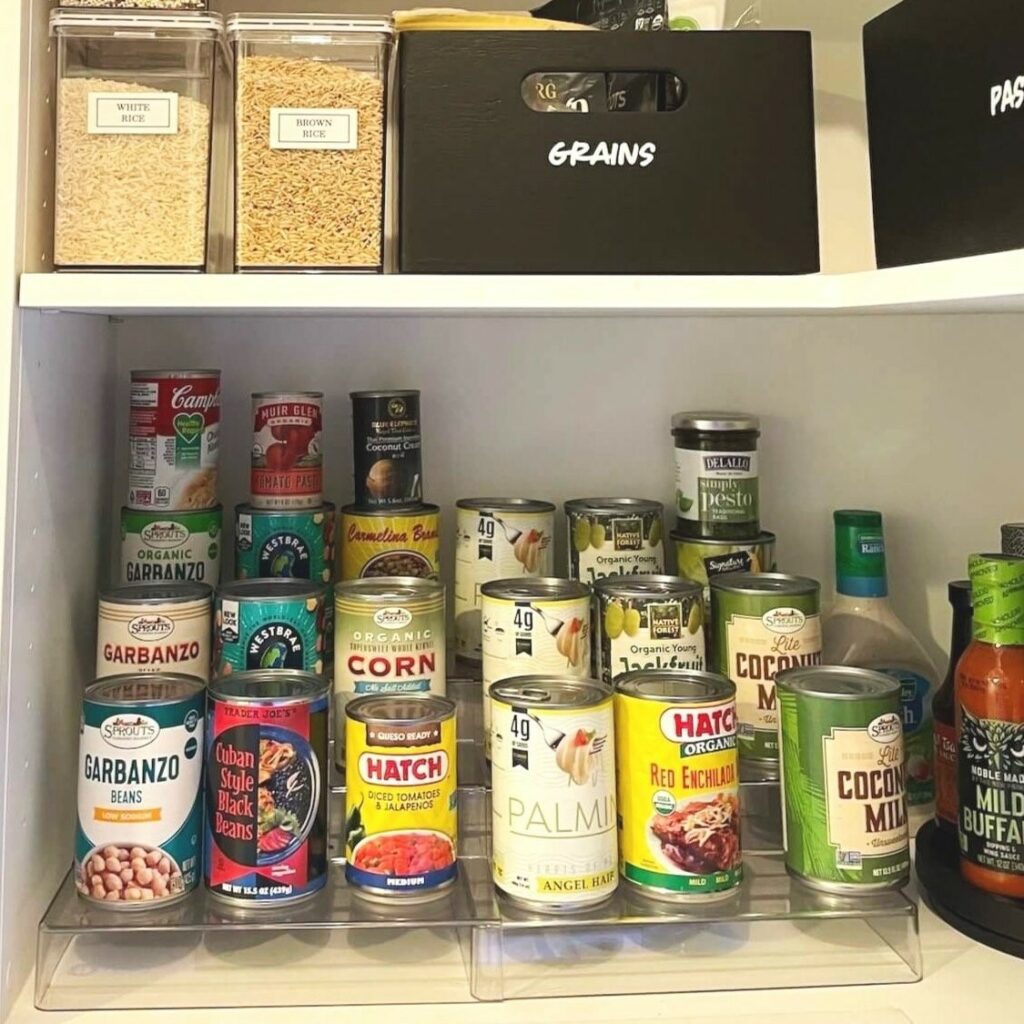
The plastic risers will also make your kitchen shelves appear more polished and well-organized, thus making the canned goods much more visible and accessible. This will further allow you to make the most of your storage areas.
8. Floating Pantry Shelf
Hanging or floating pantry shelves are a good option to balance out your available storage space. This is because on these shelves storing the canned food items can be done with ease and at your convenience.
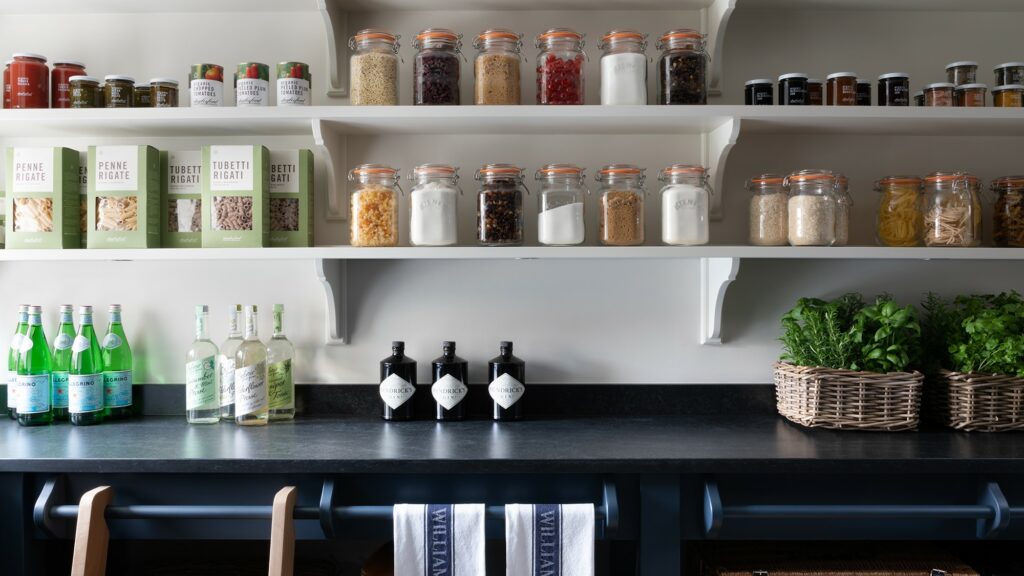
Floating shelves are best for large-sized cans. However, keep in mind that because they will weigh more, you should place them near the bottom of the shelves. Lastly, floating shelves can be easily placed in any part of the kitchen.
Summing it up, that was all about the ways to store canned foods in small spaces. While these methods work great, alternatively you can also use can dispensers, wicker baskets, or clear baskets to maximize the storage rooms.


